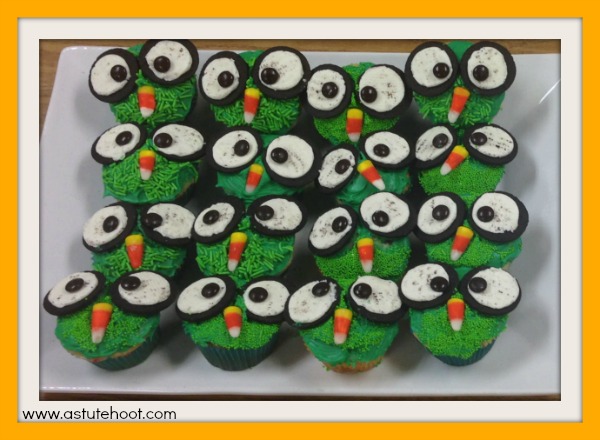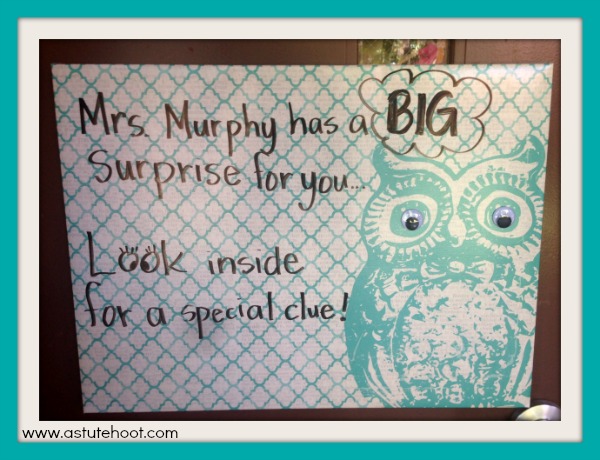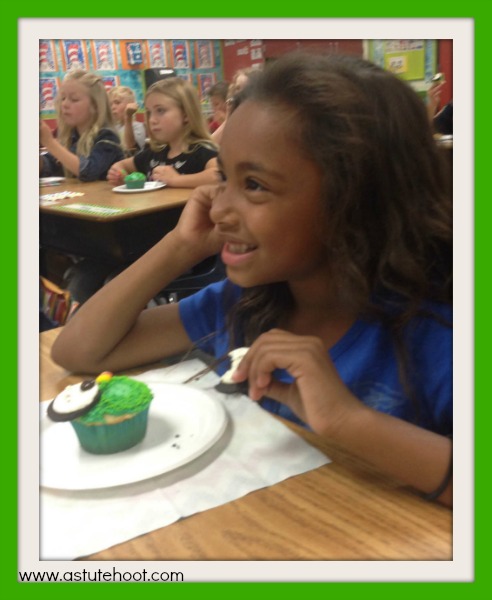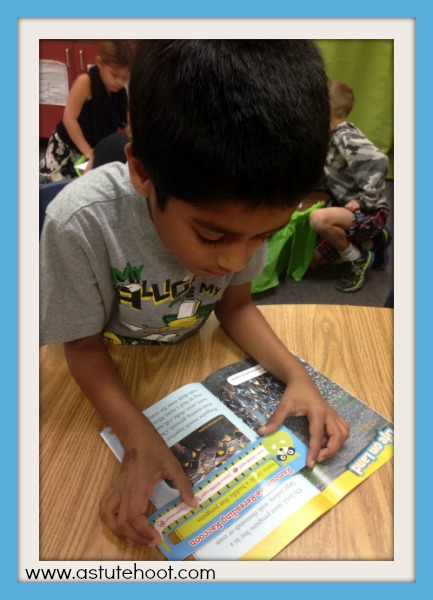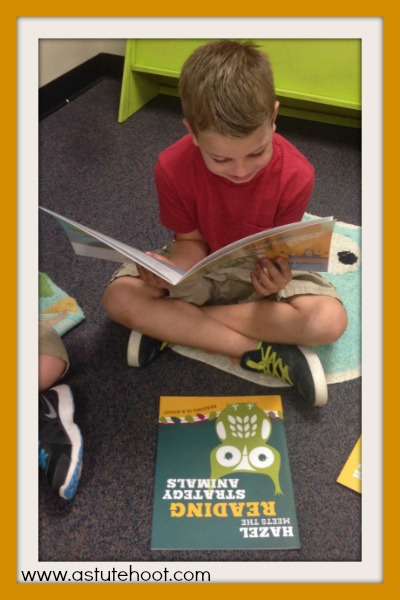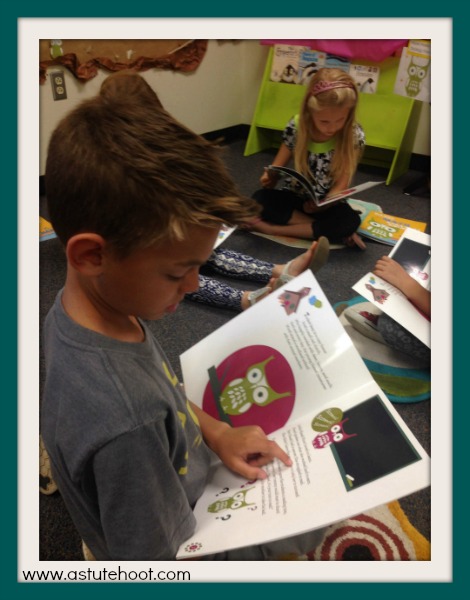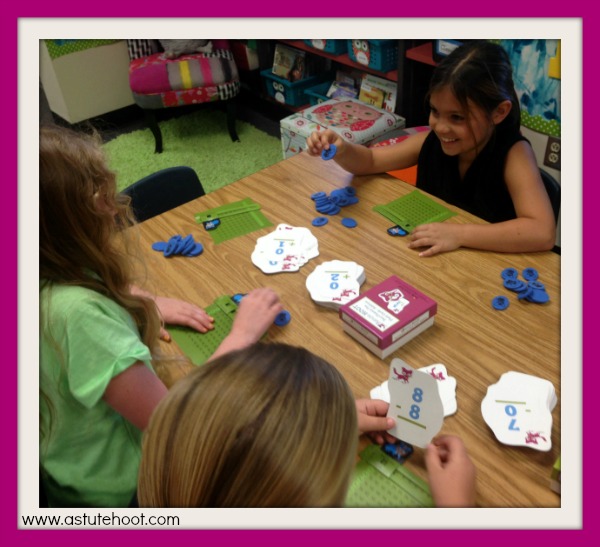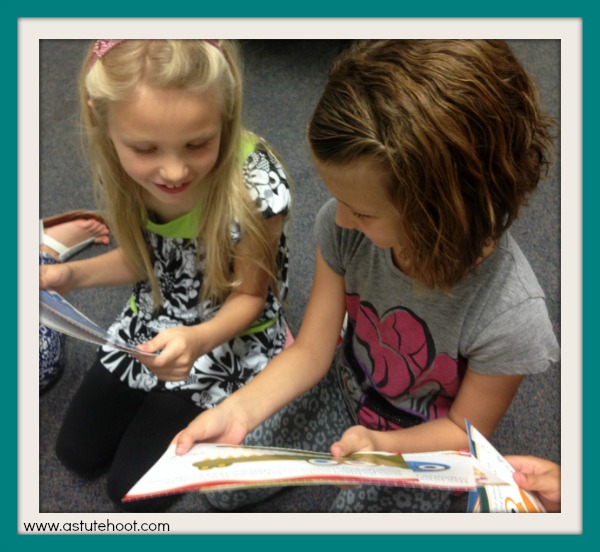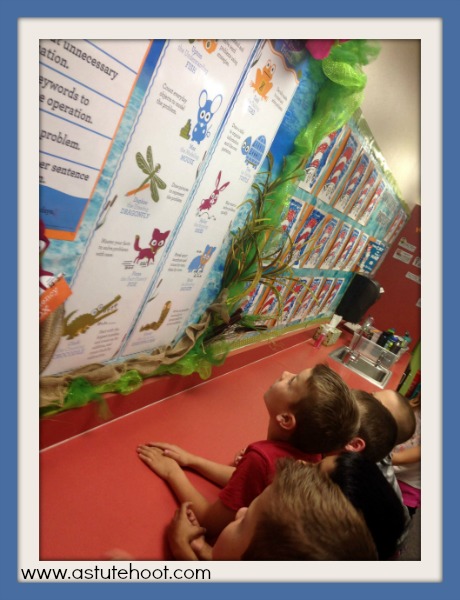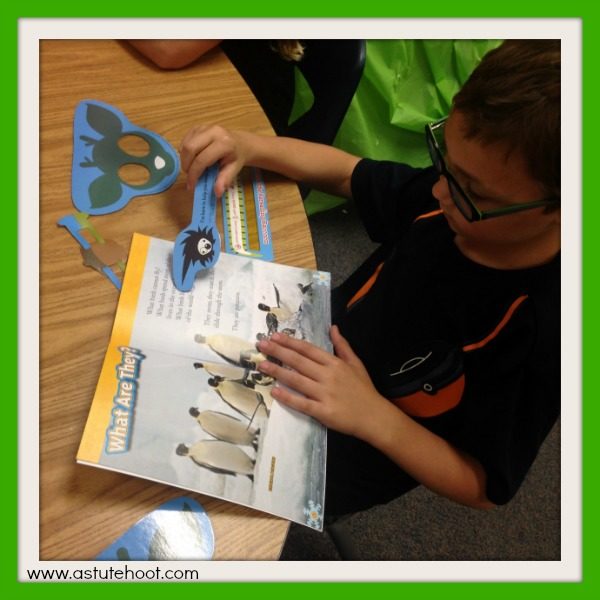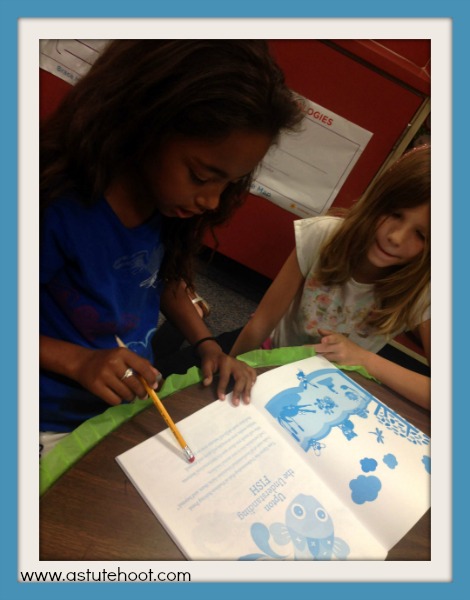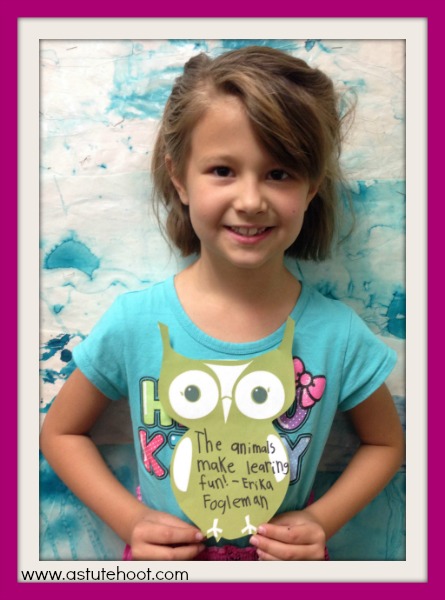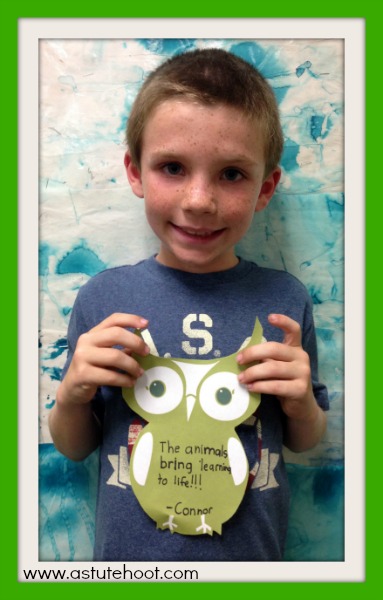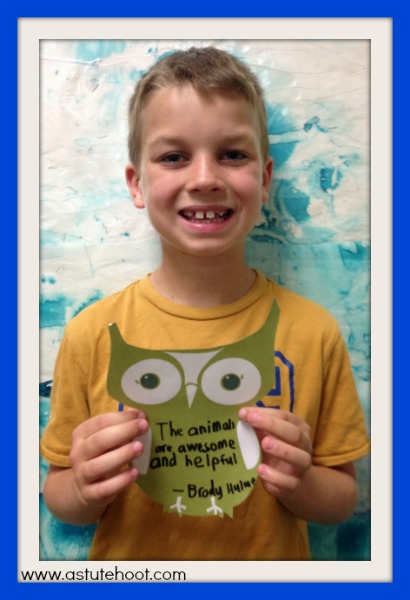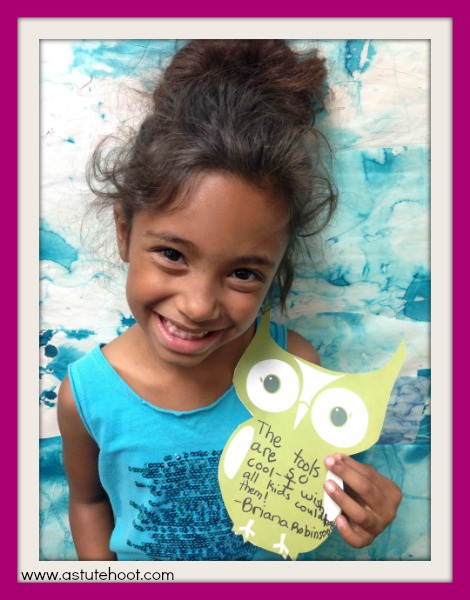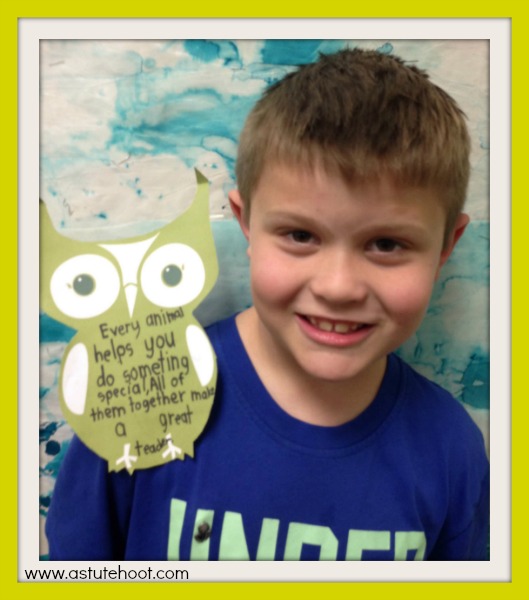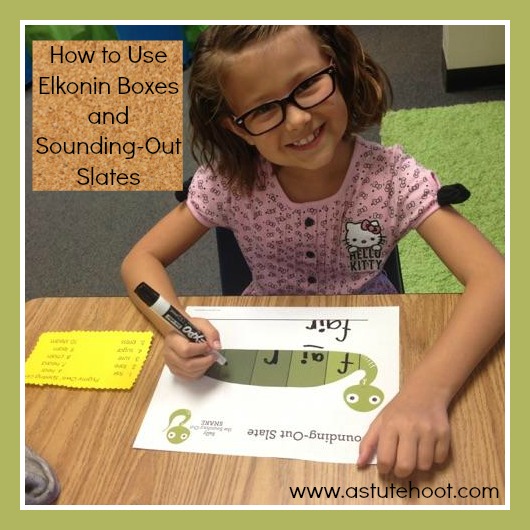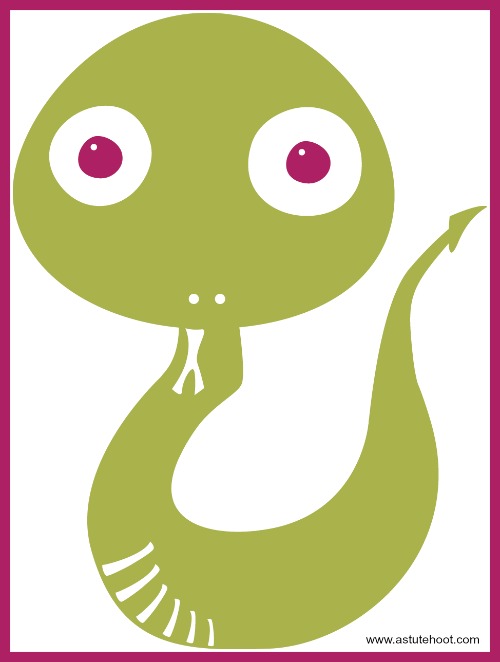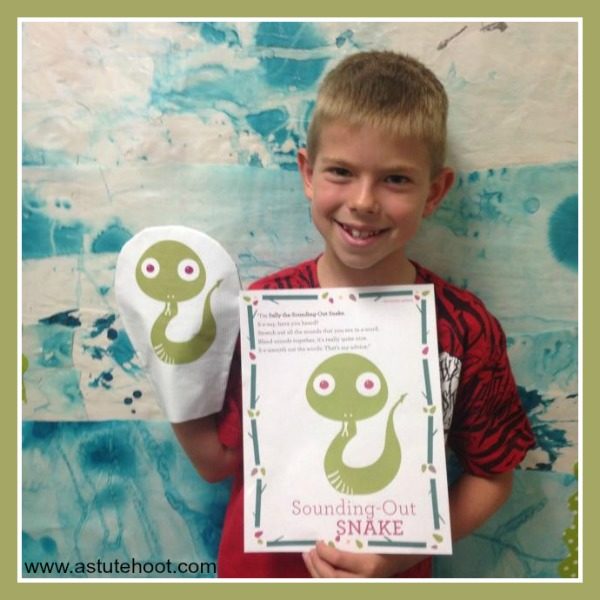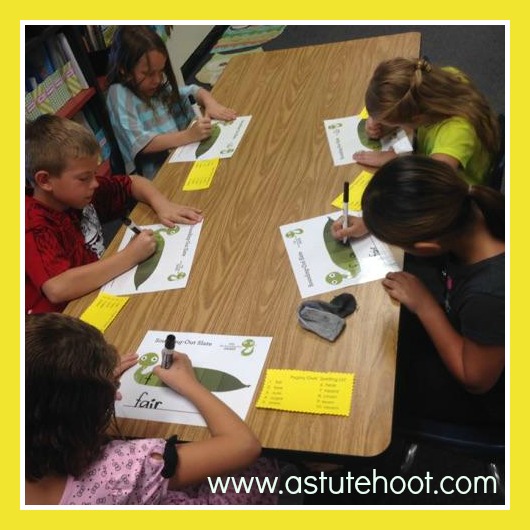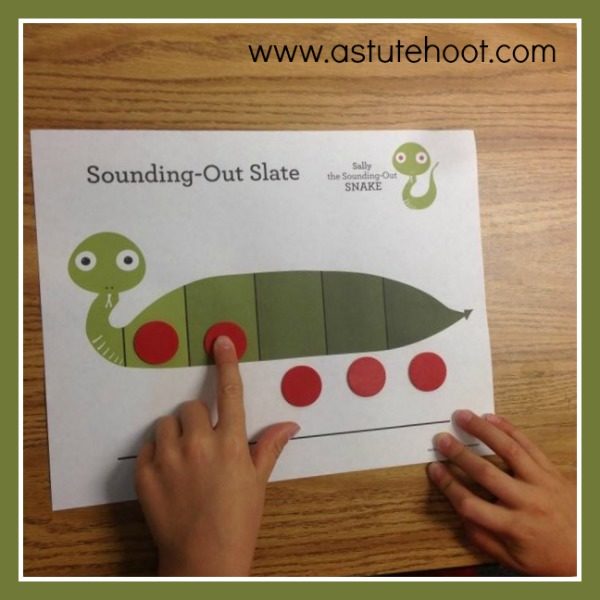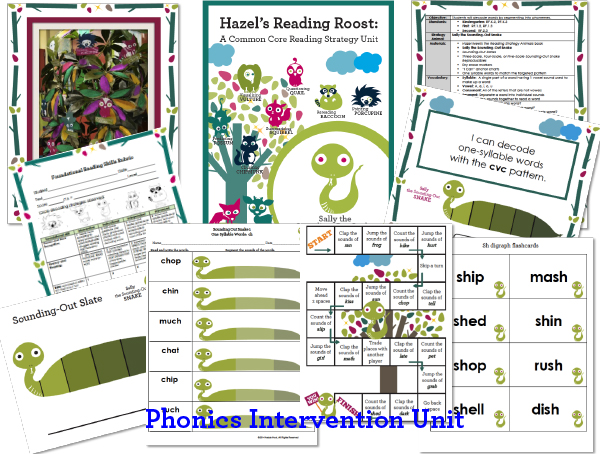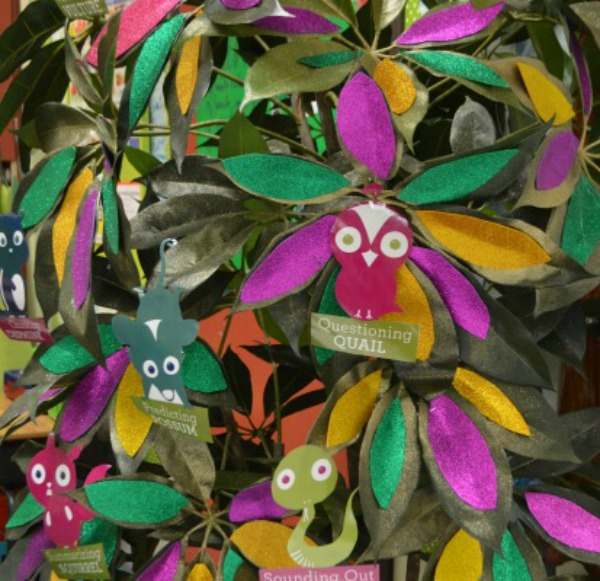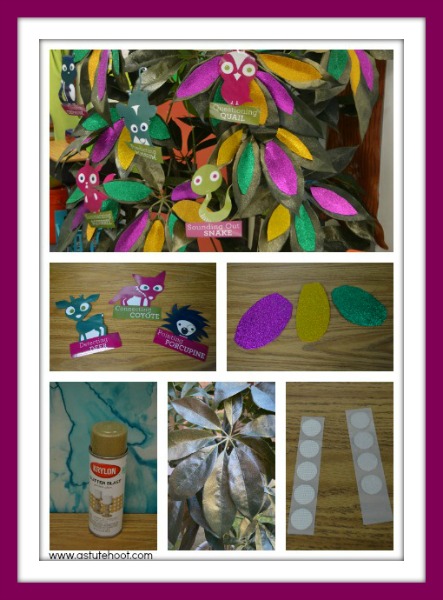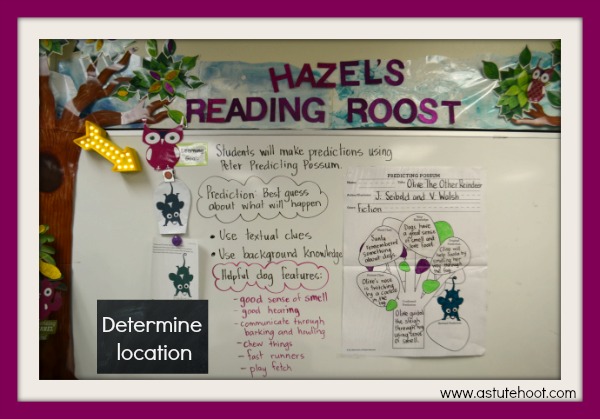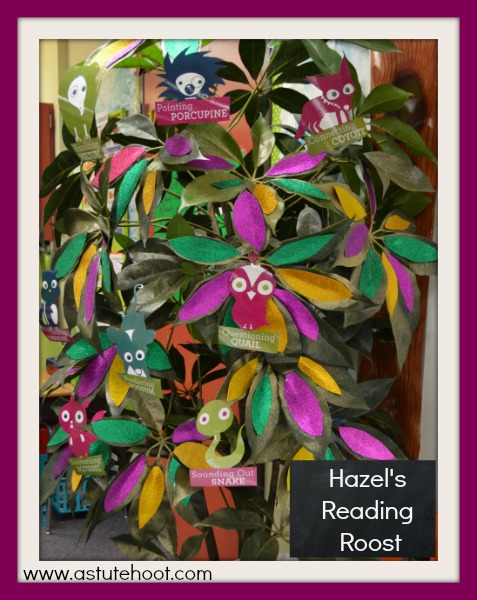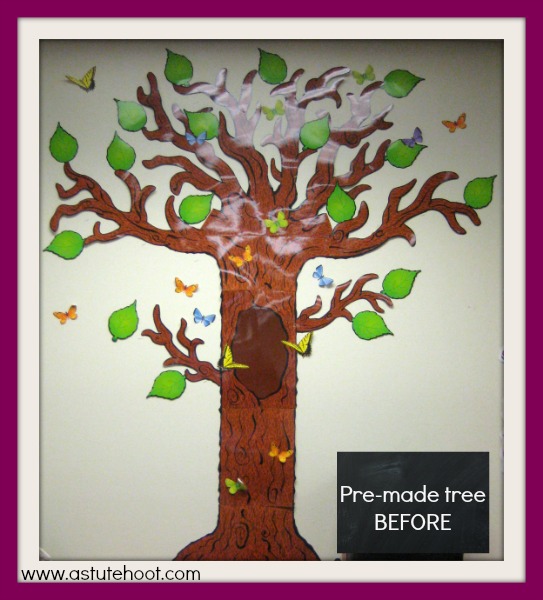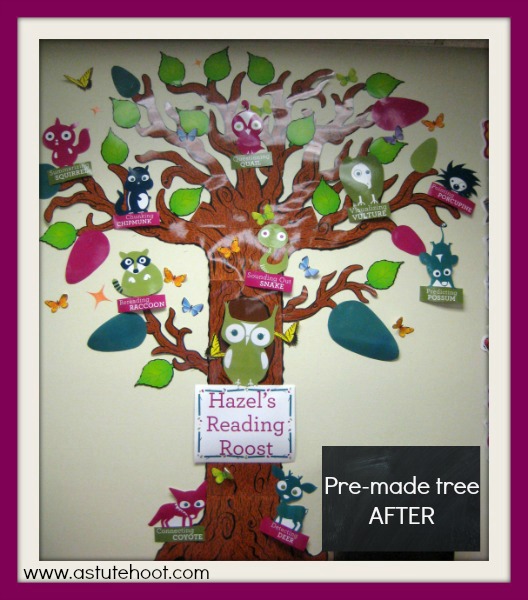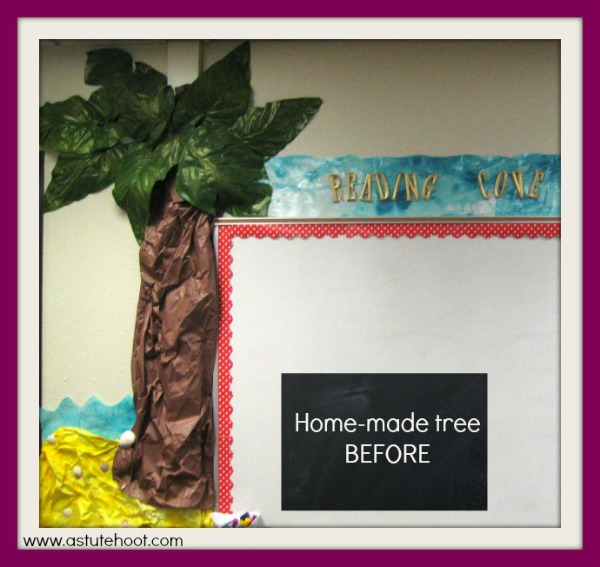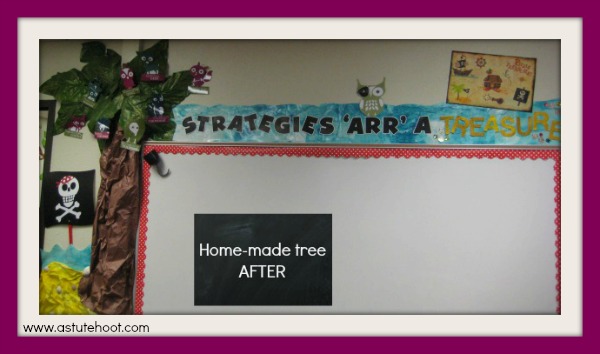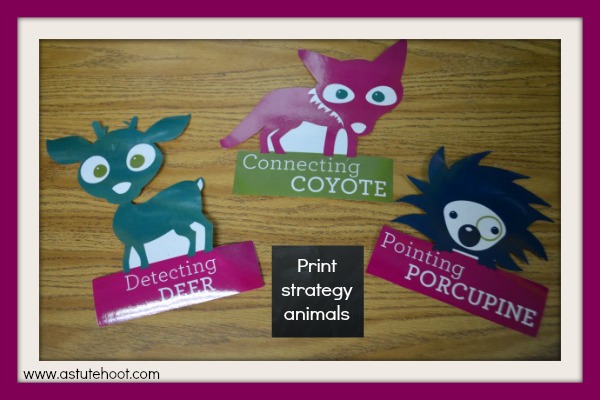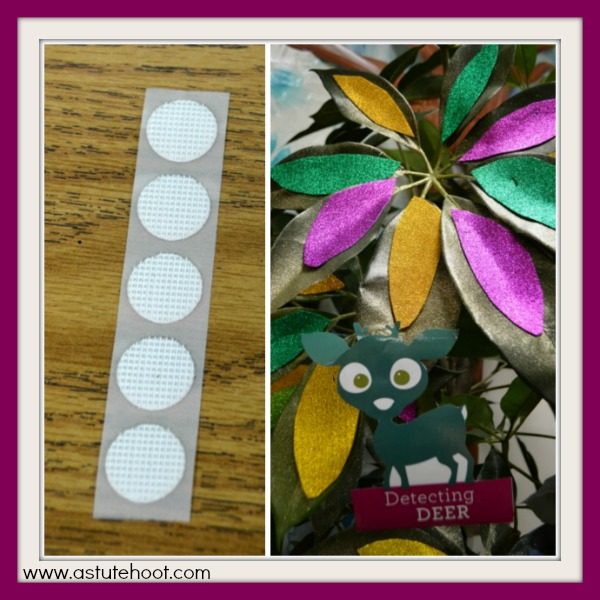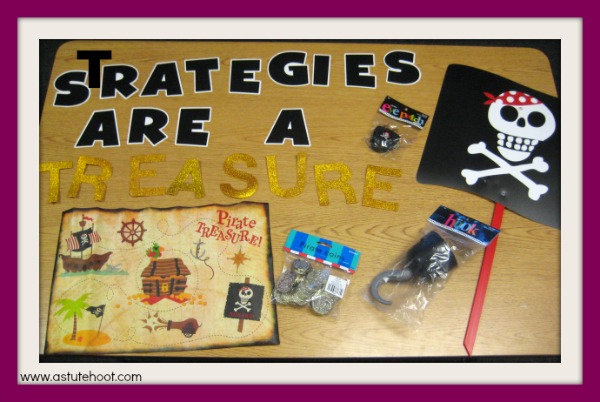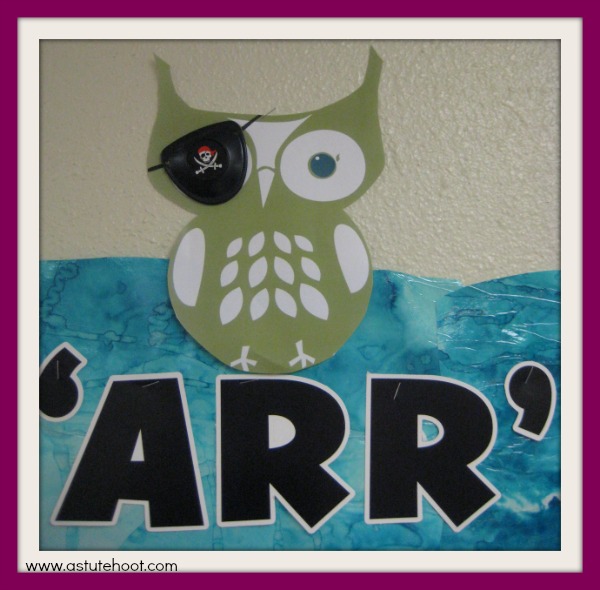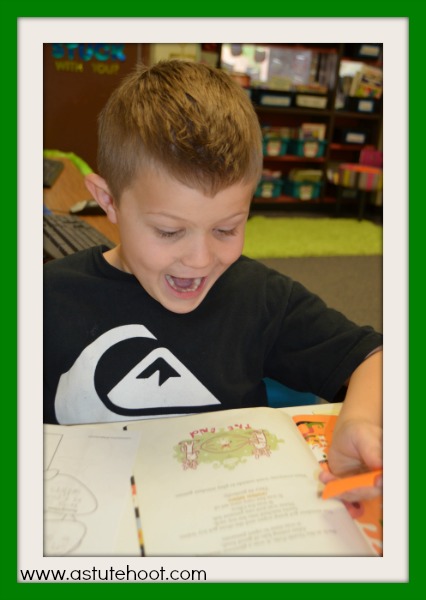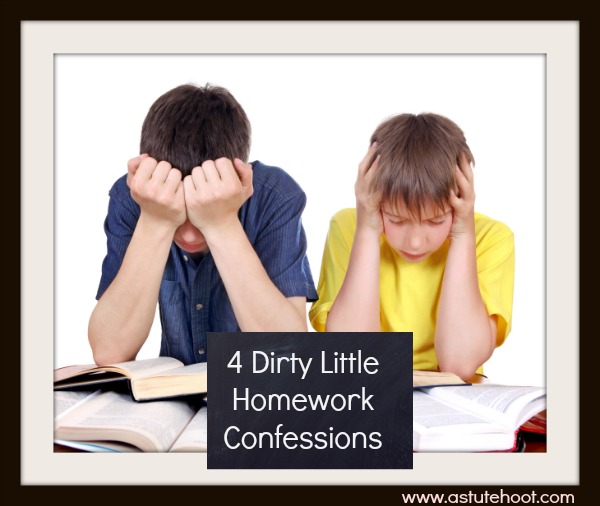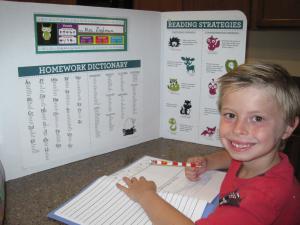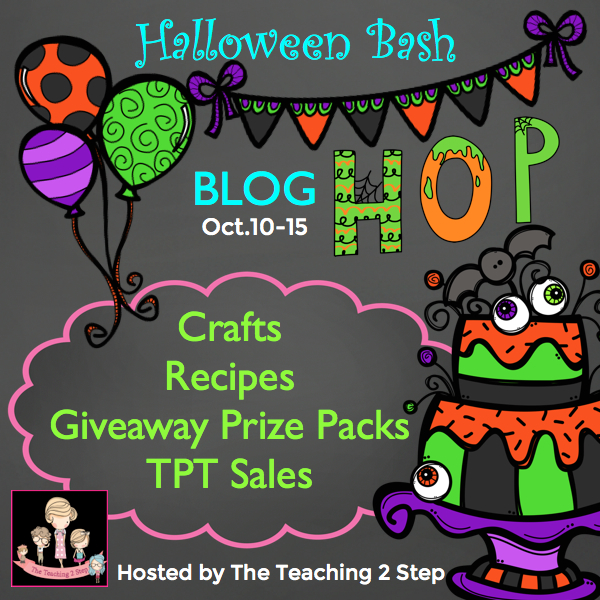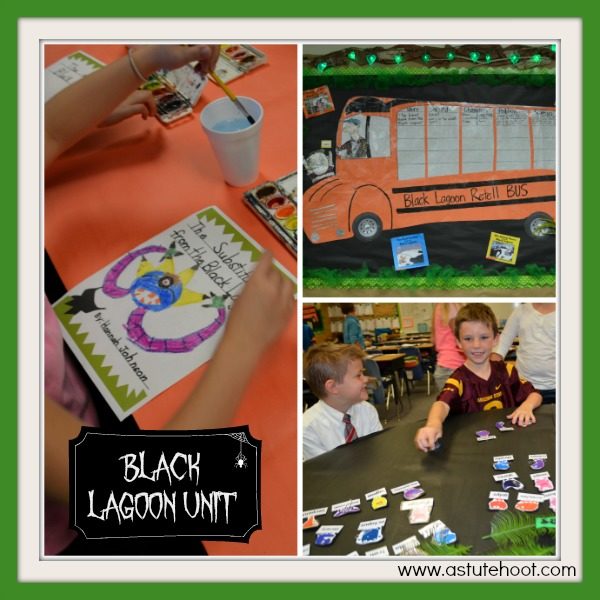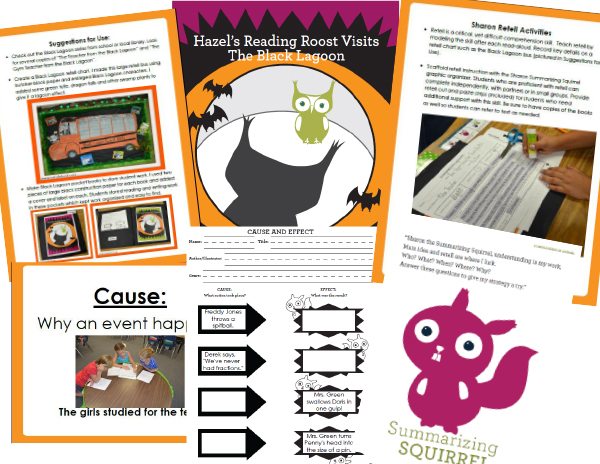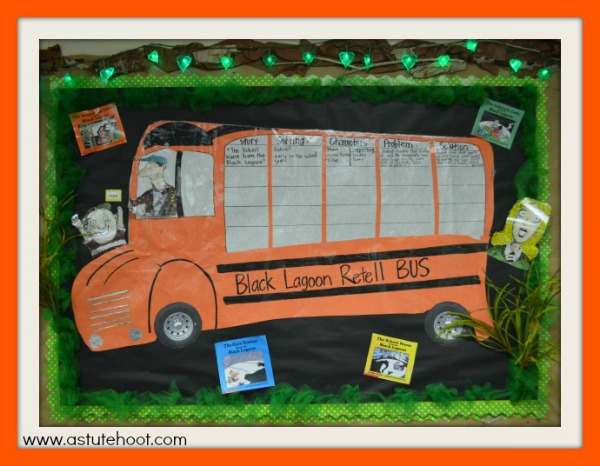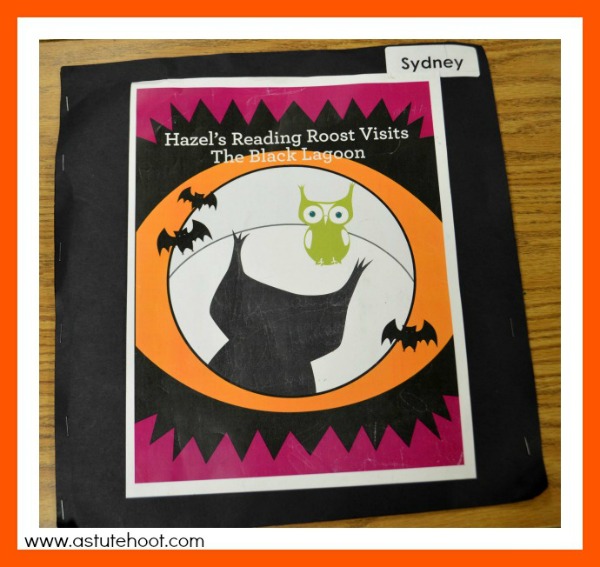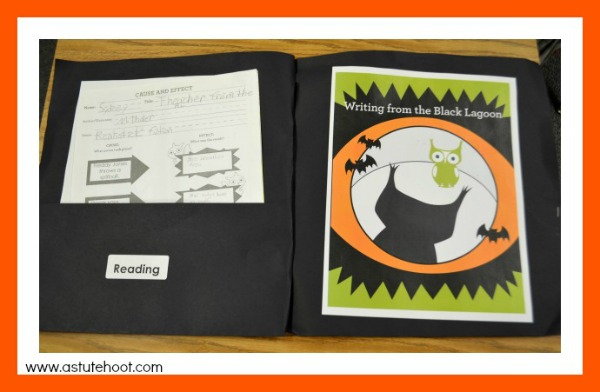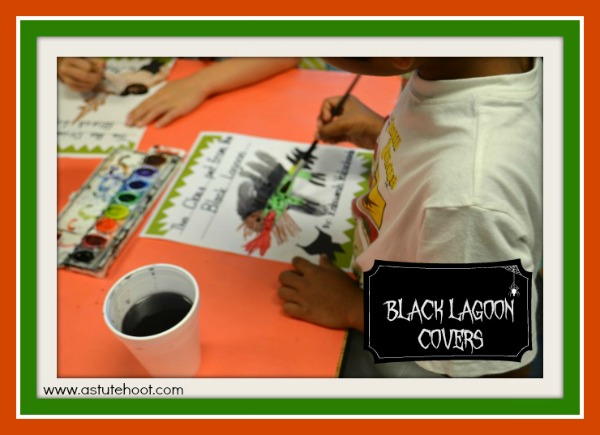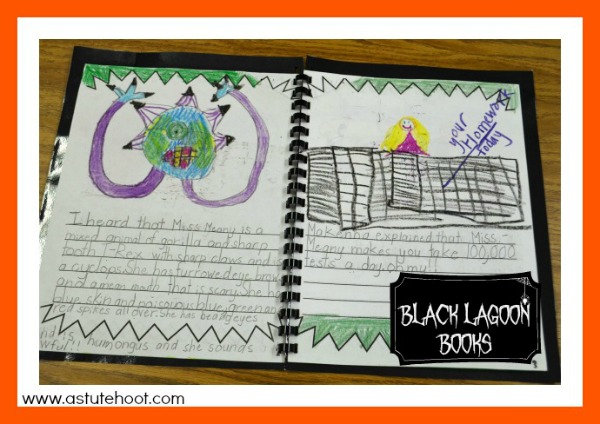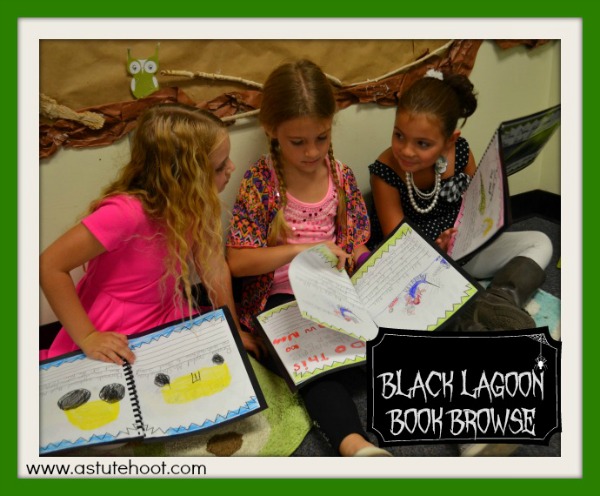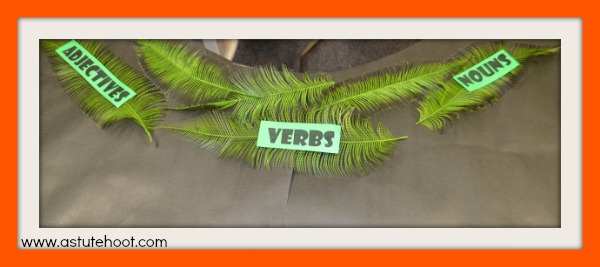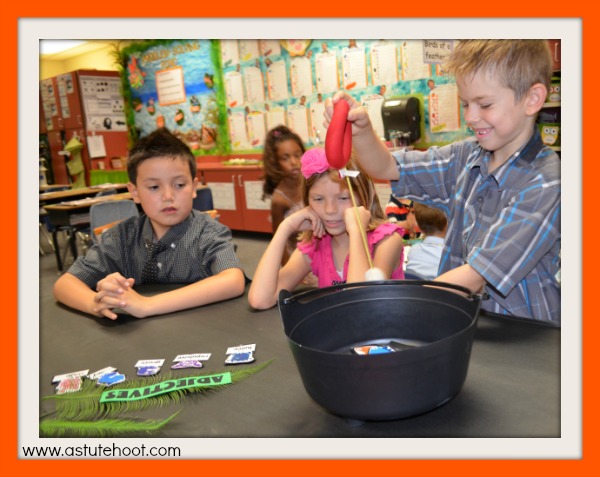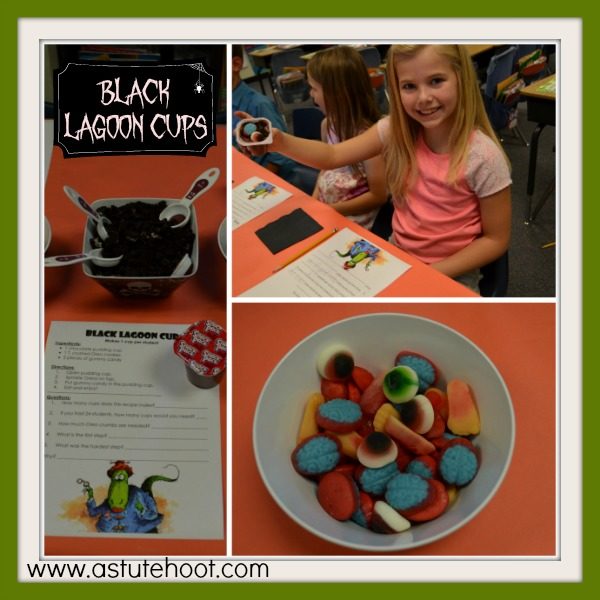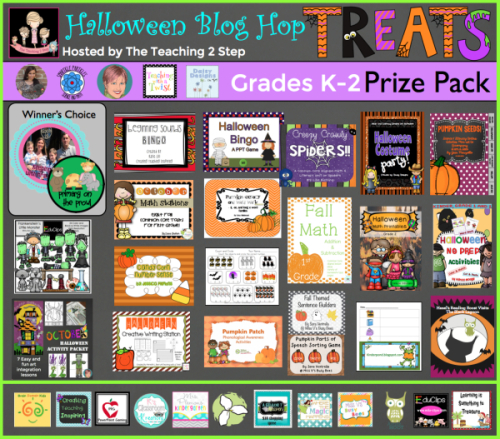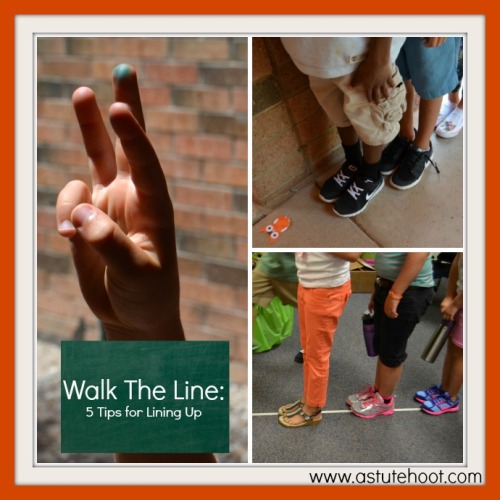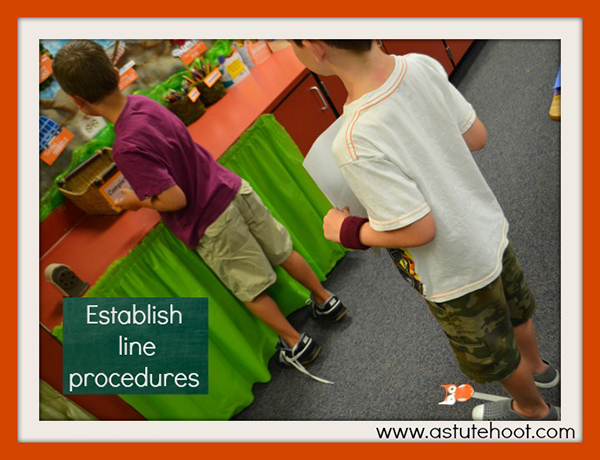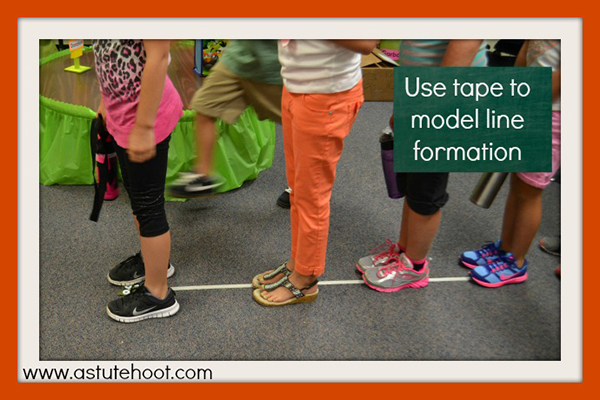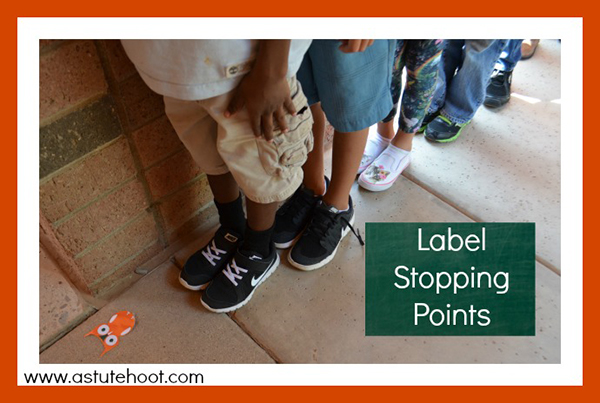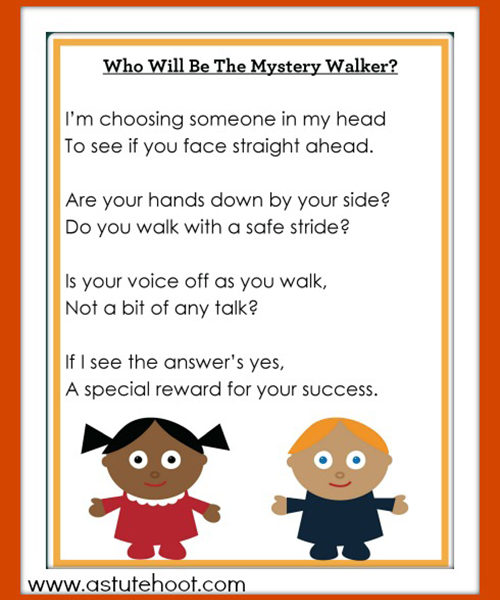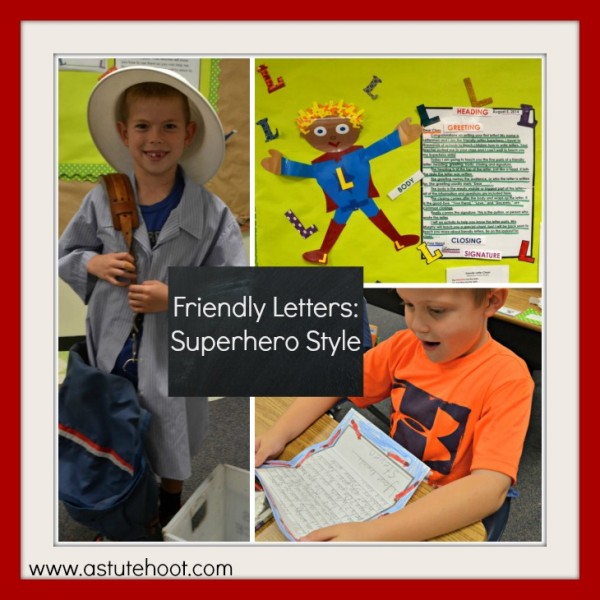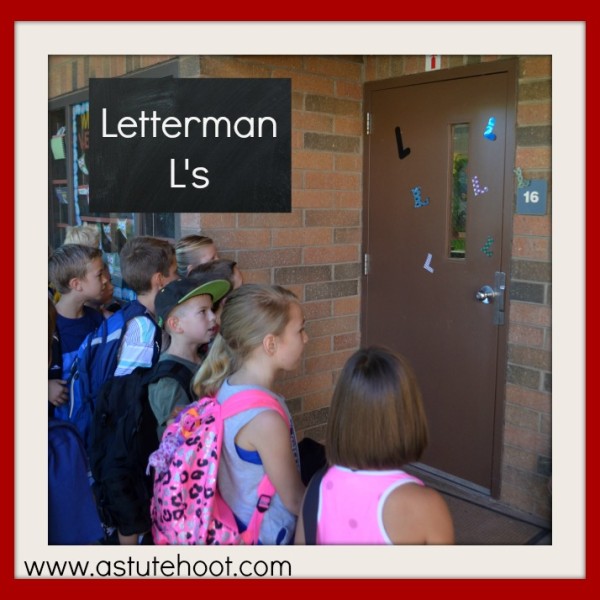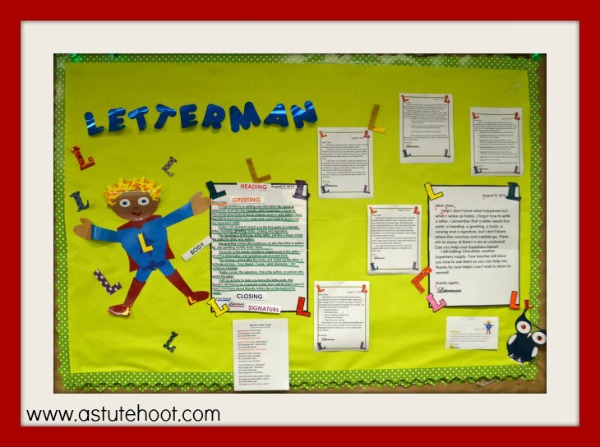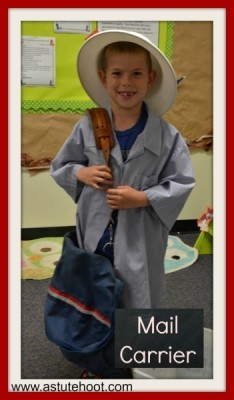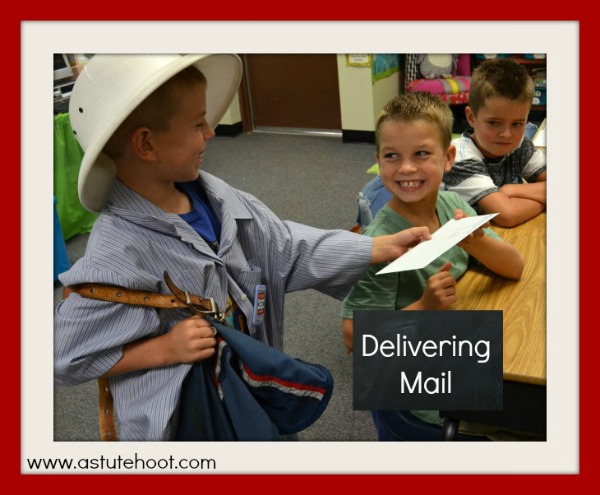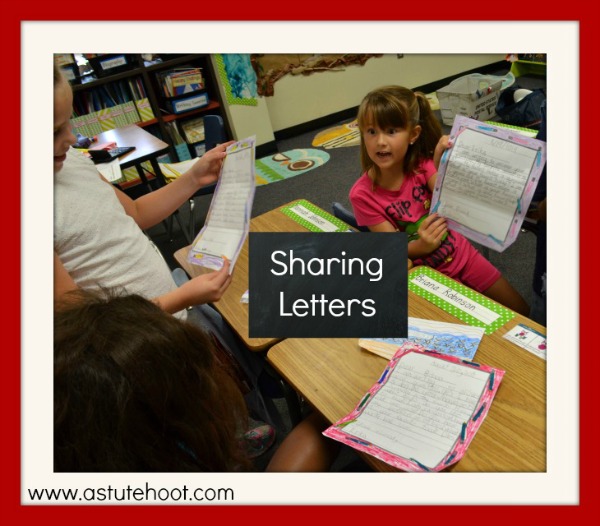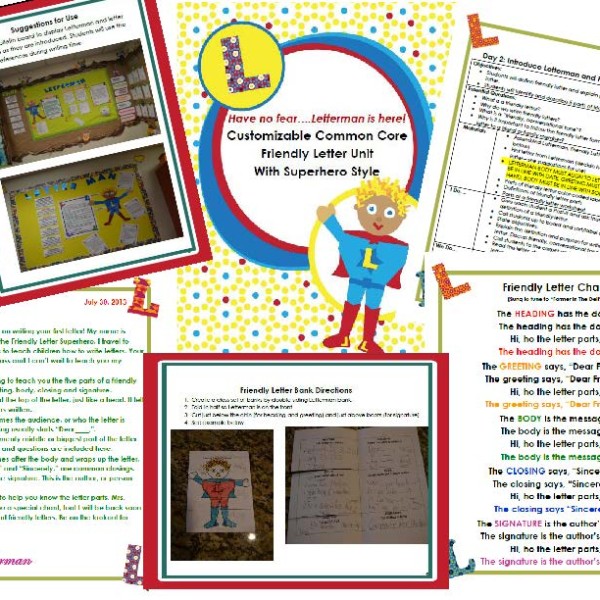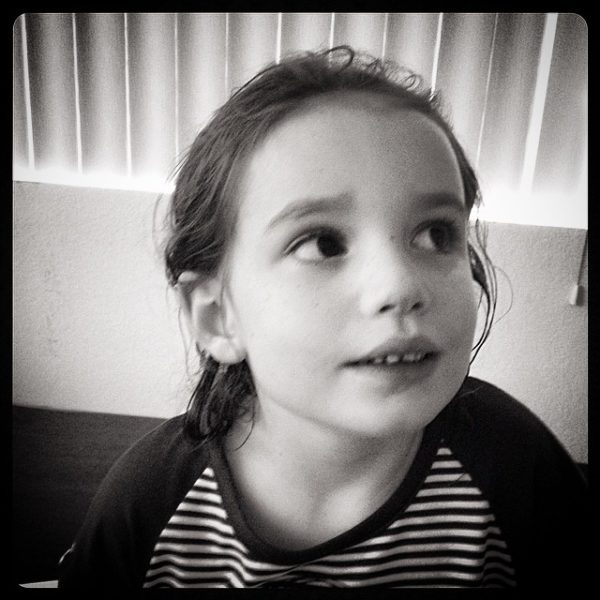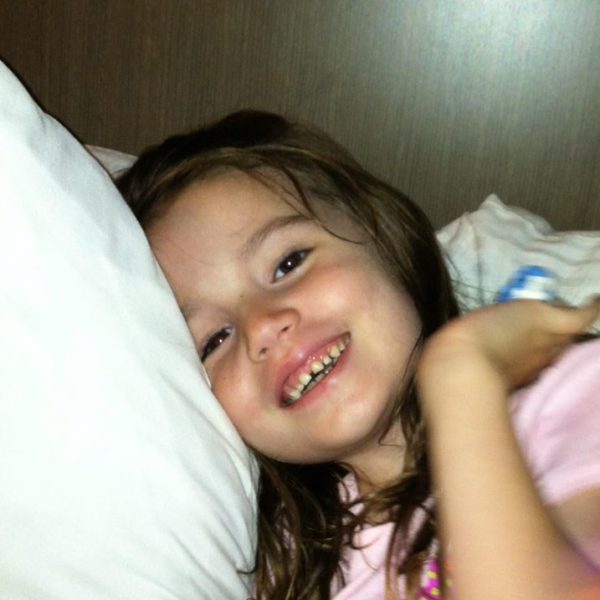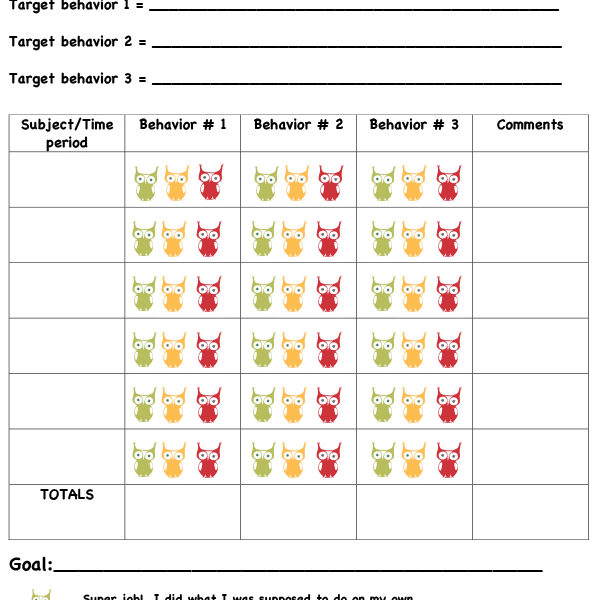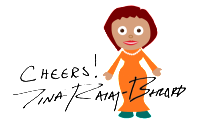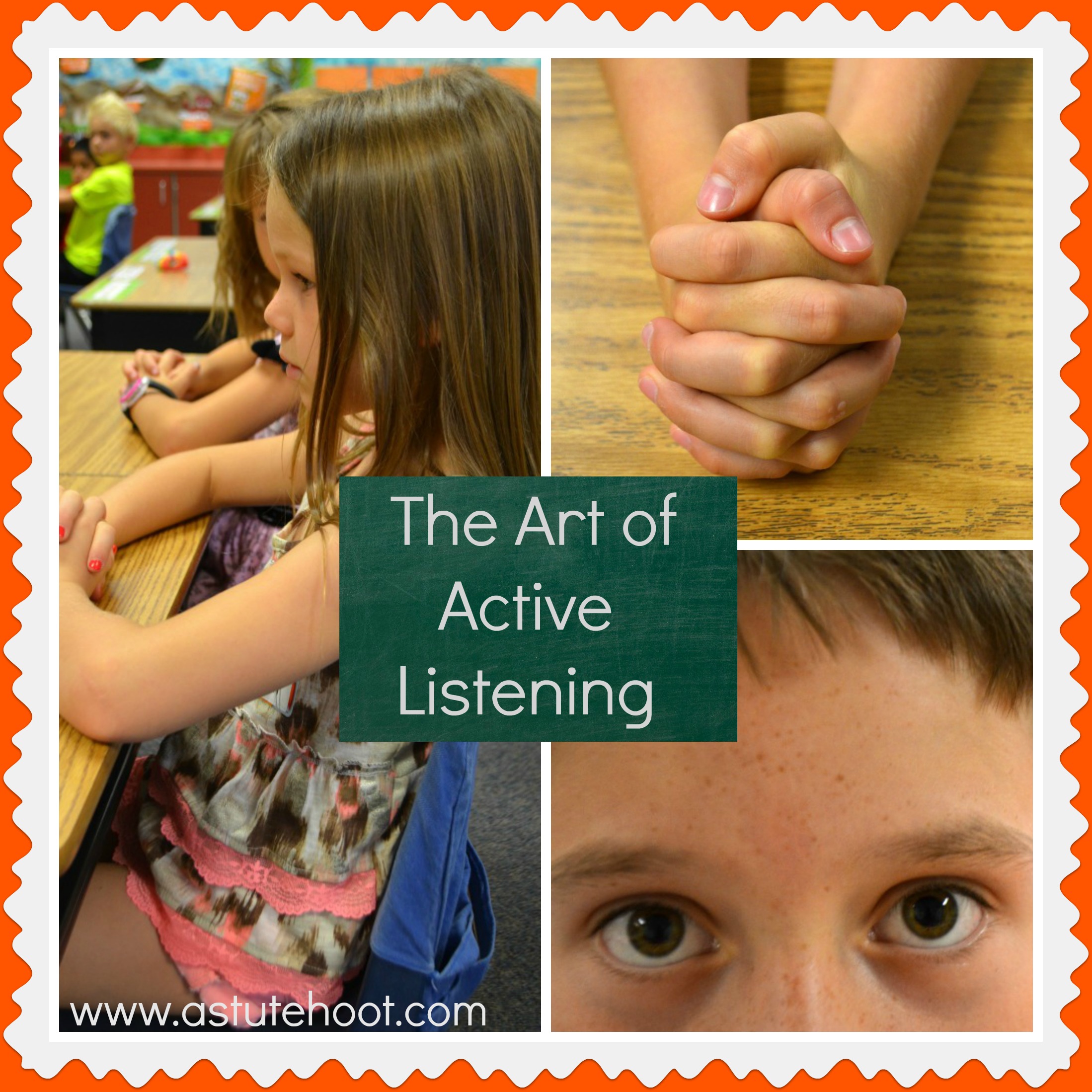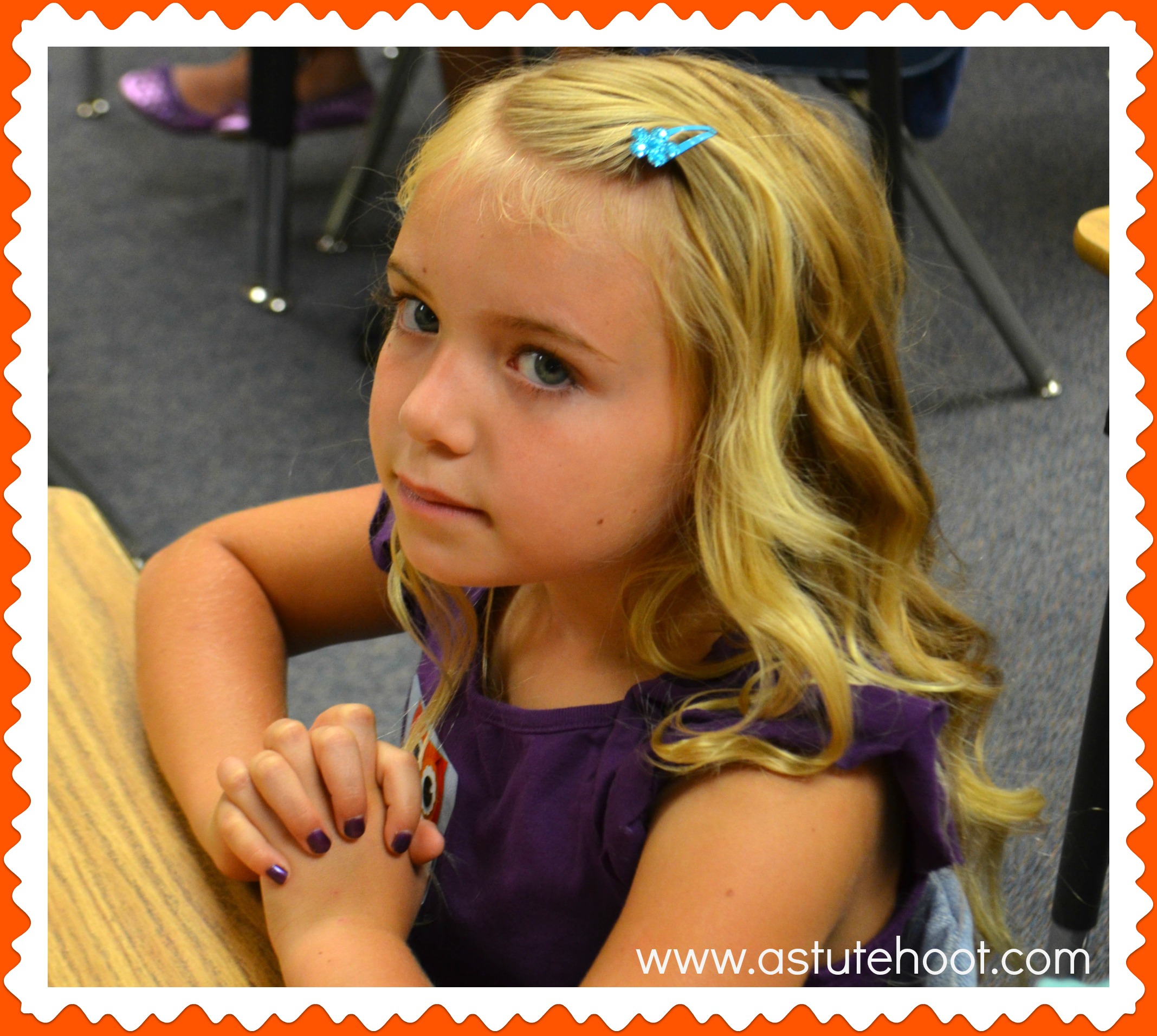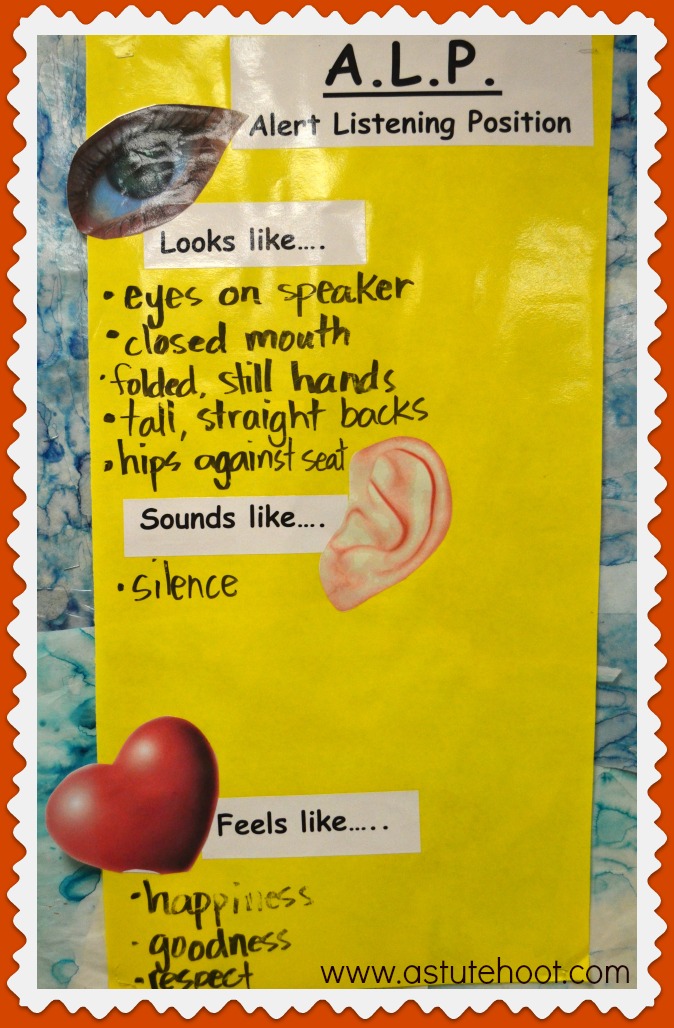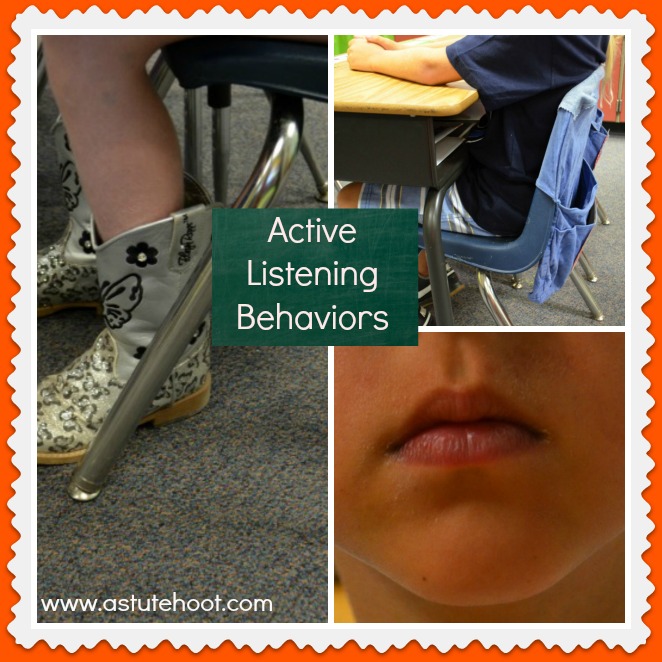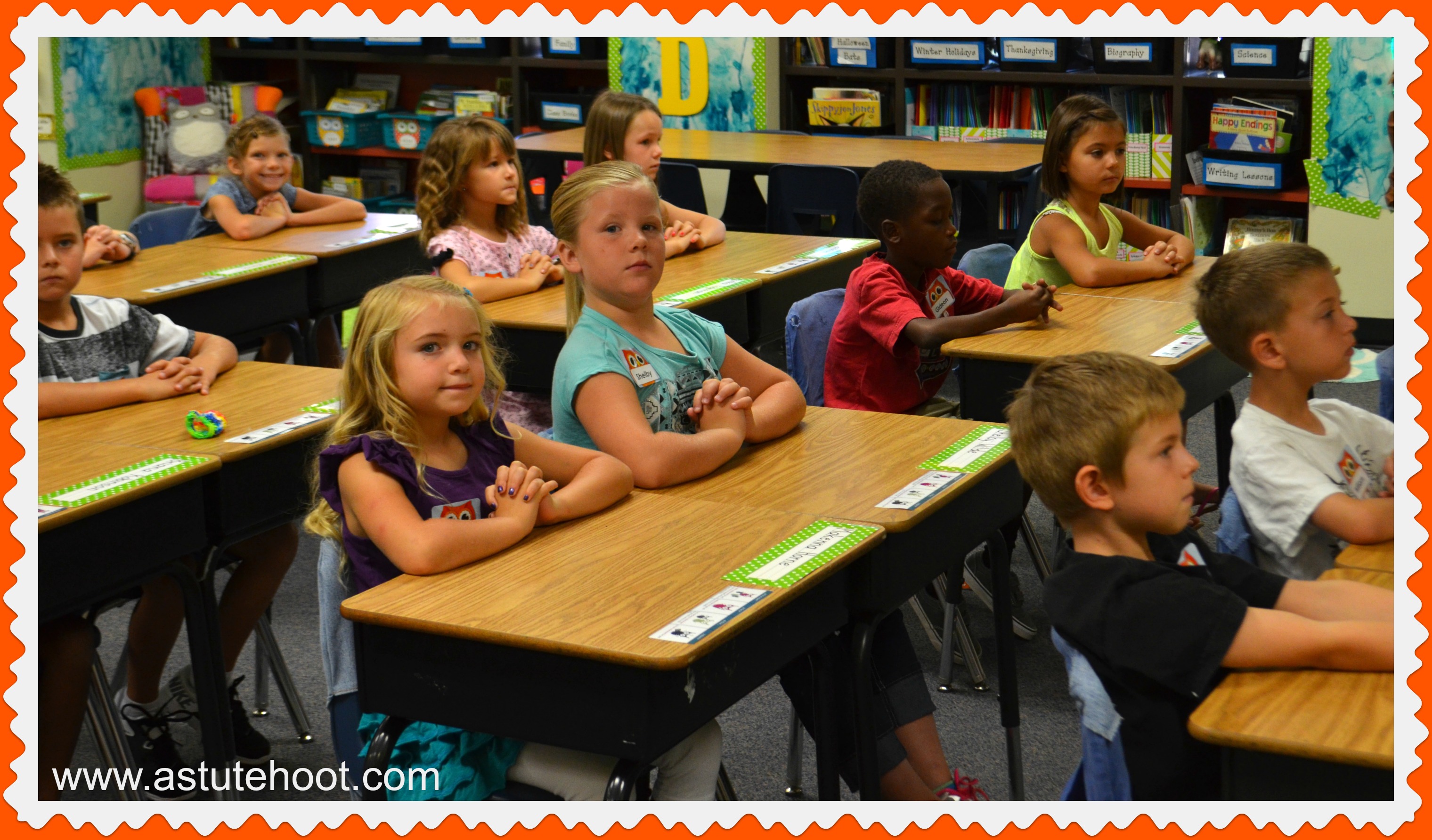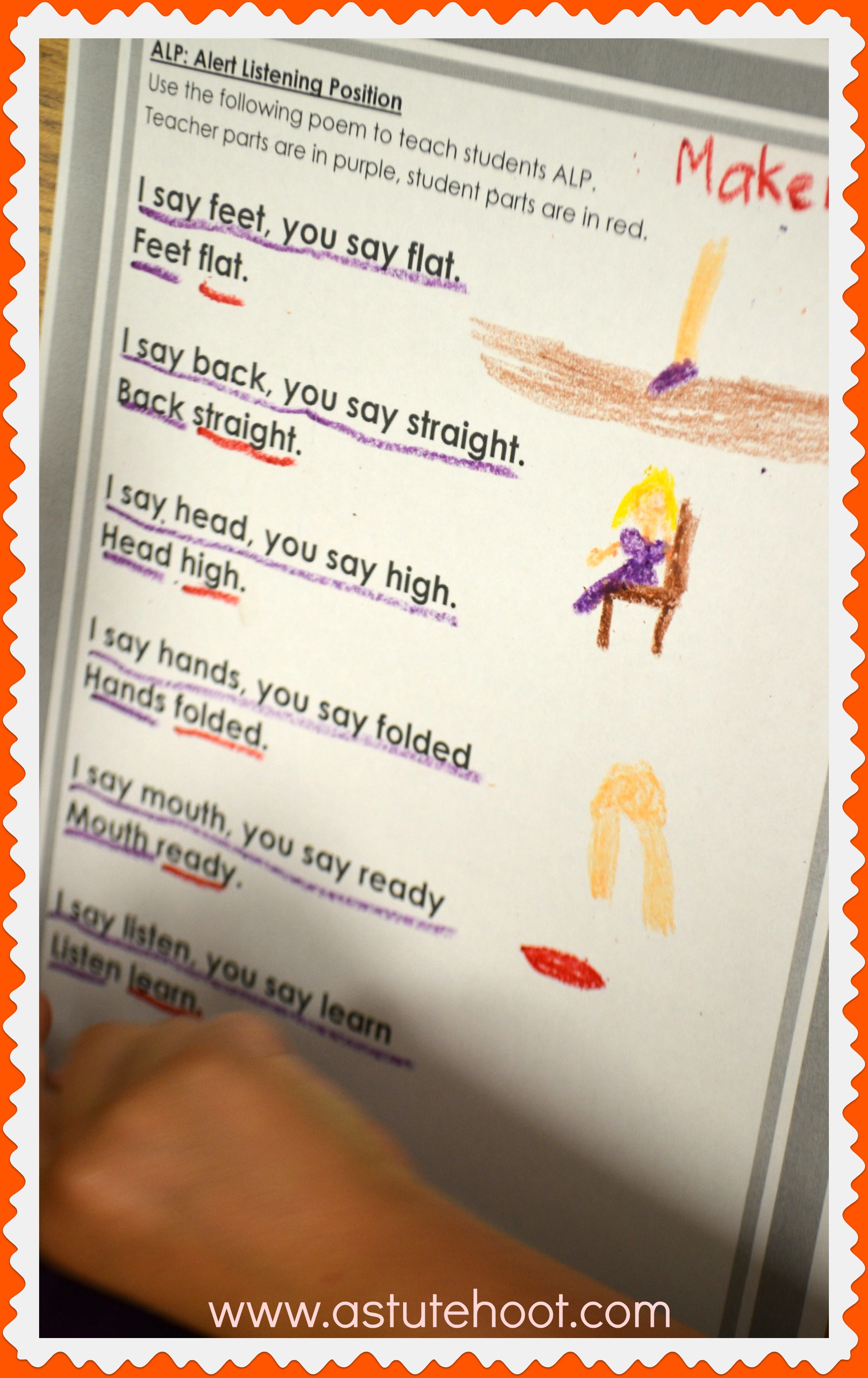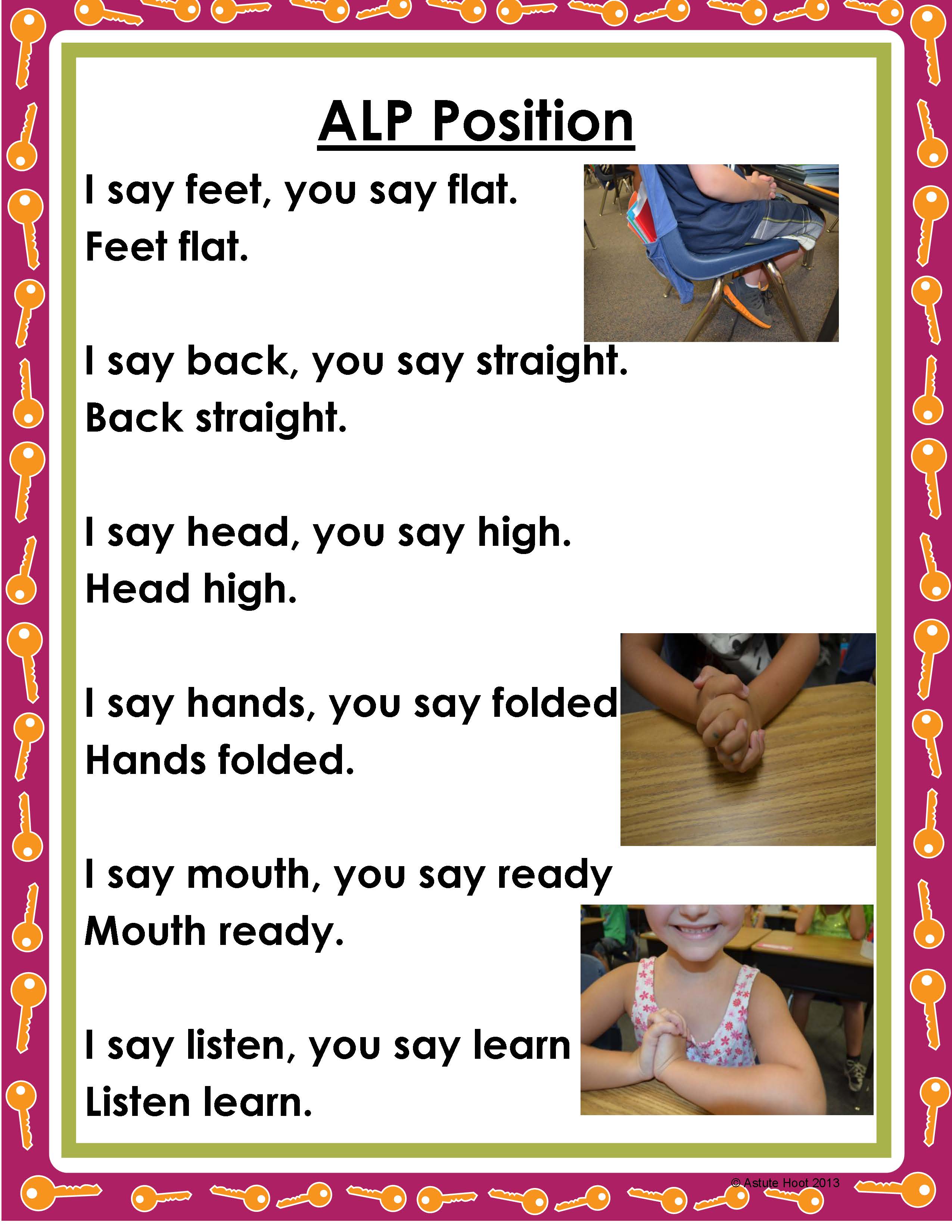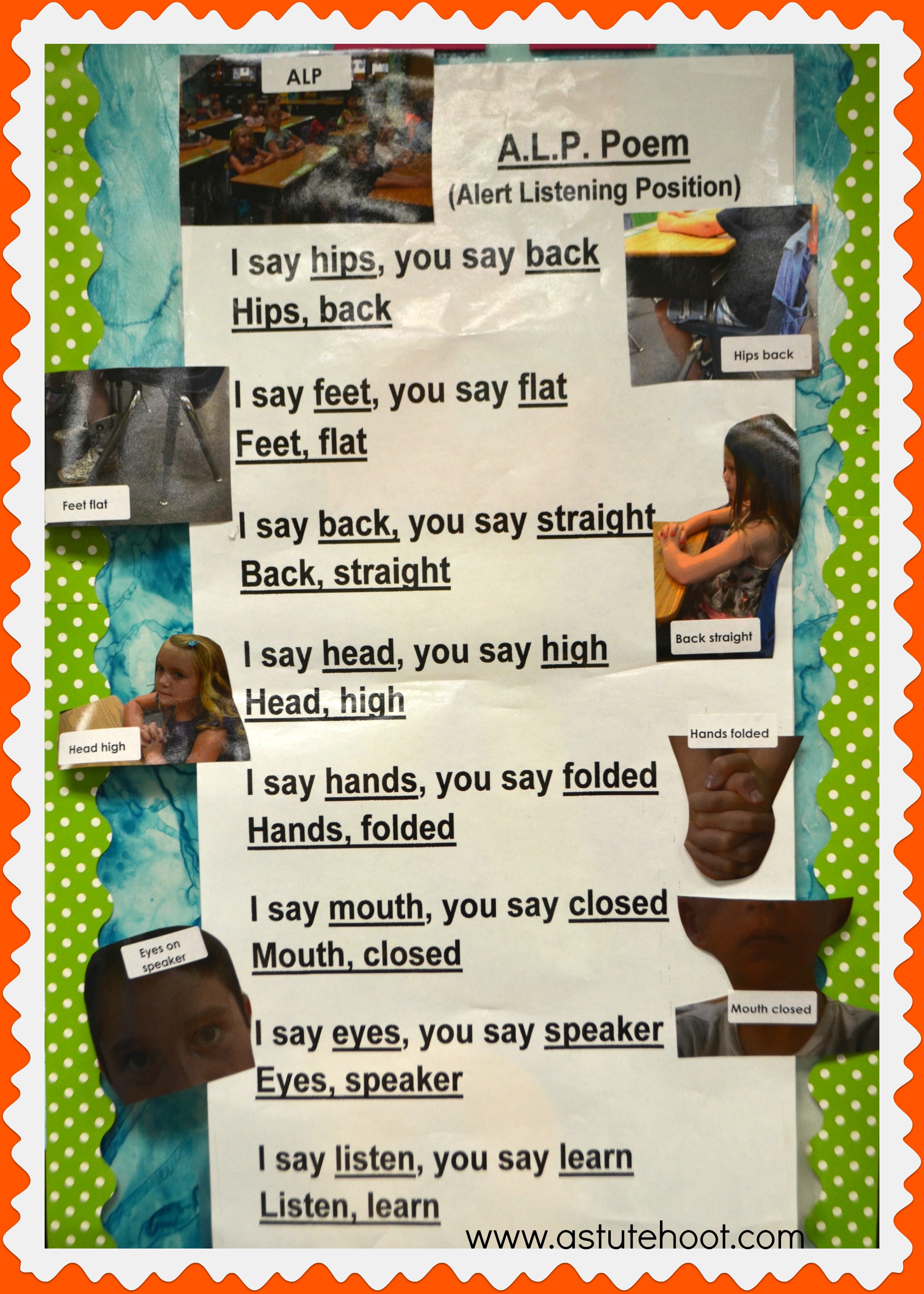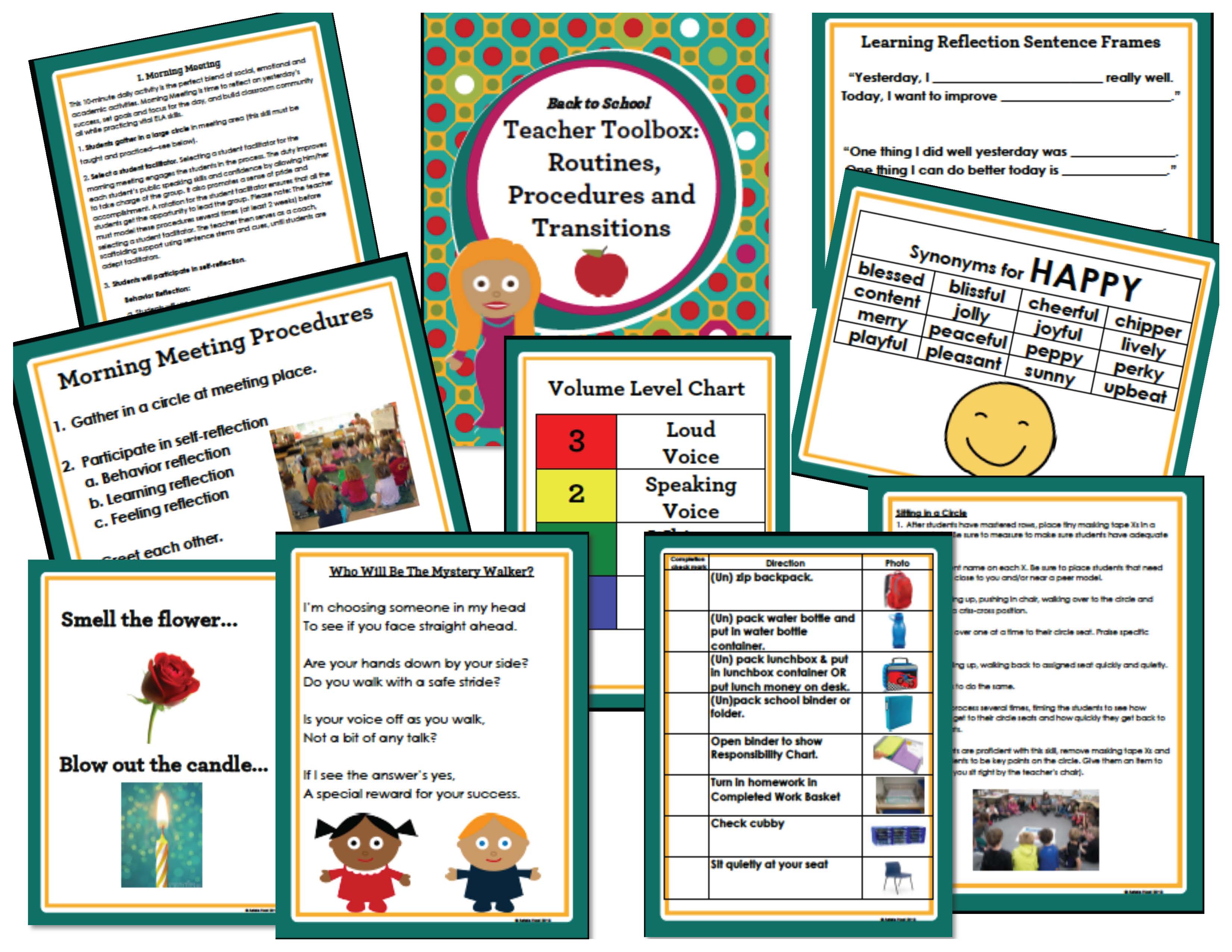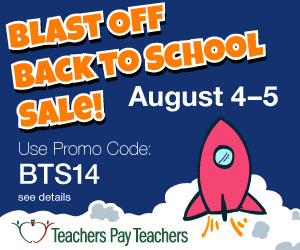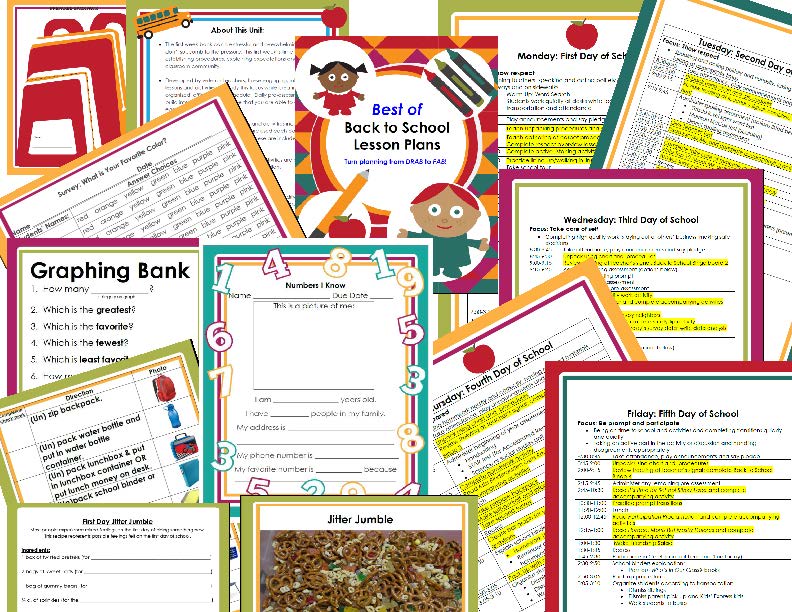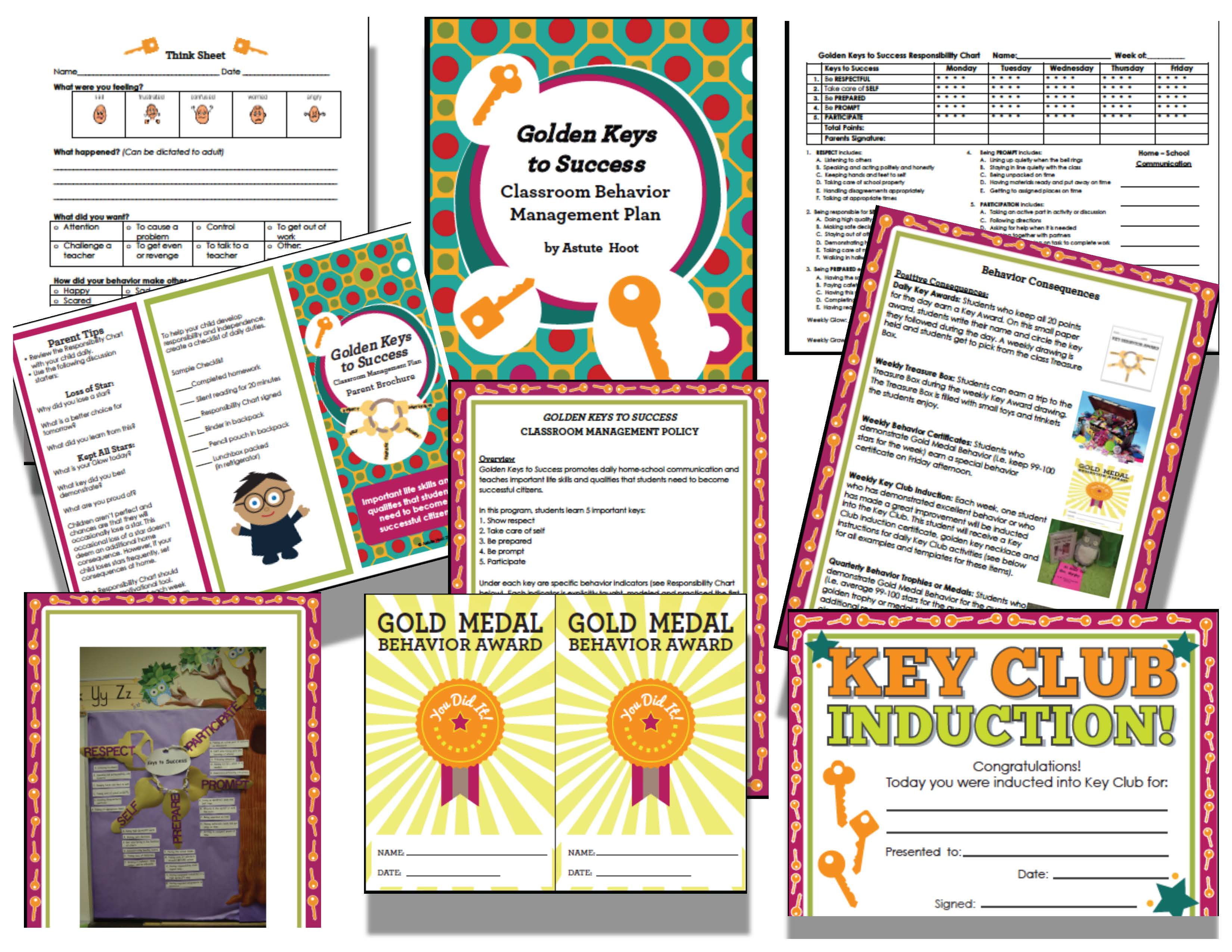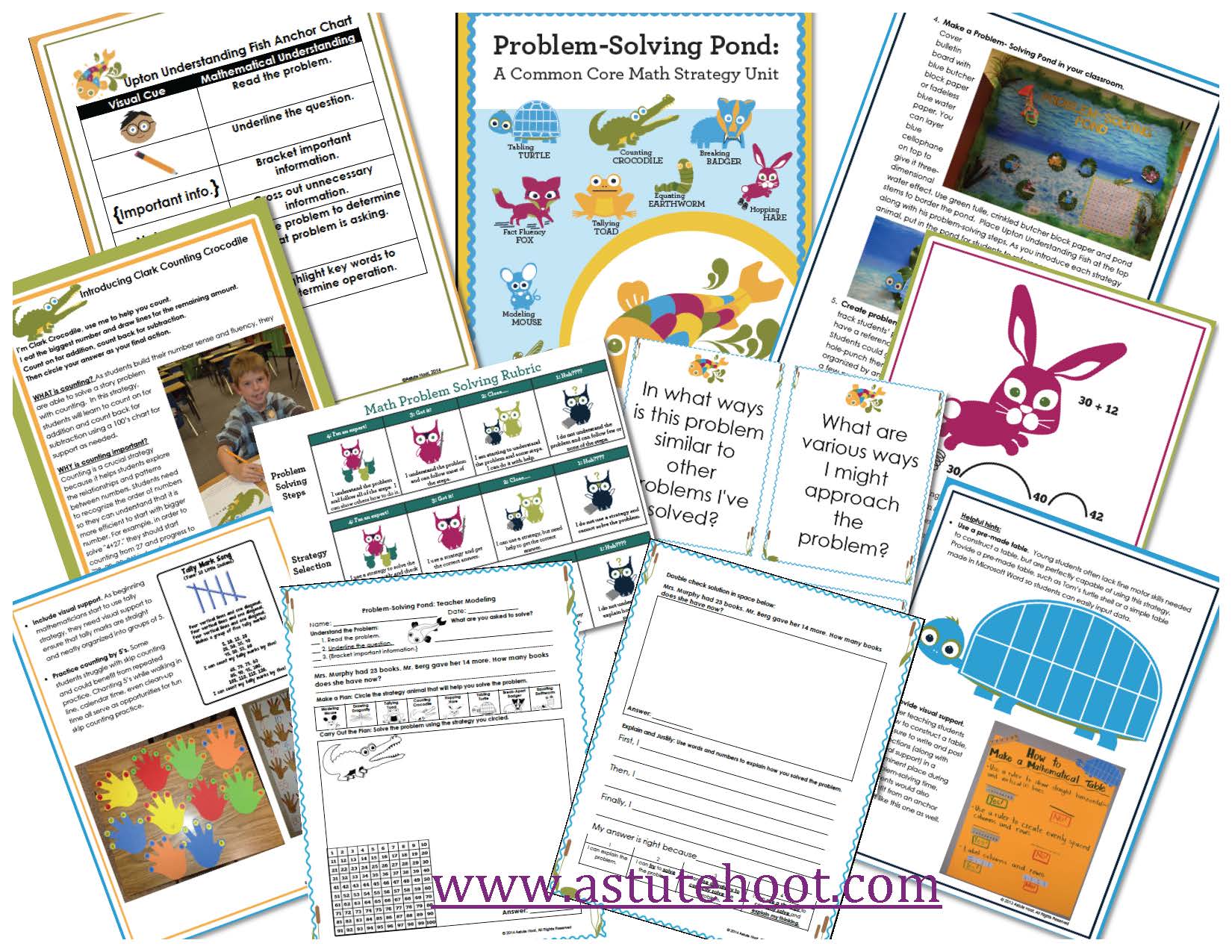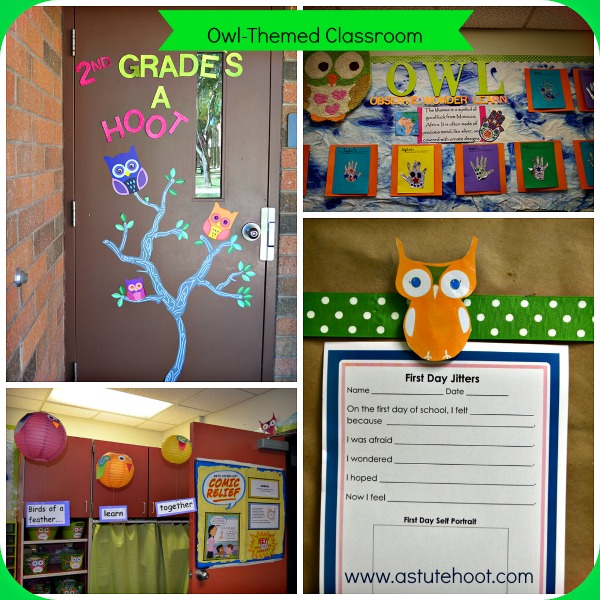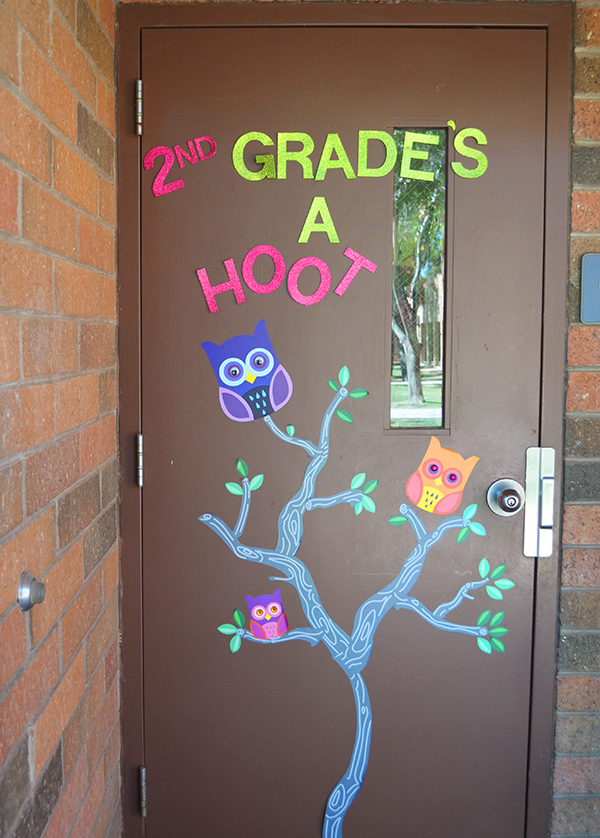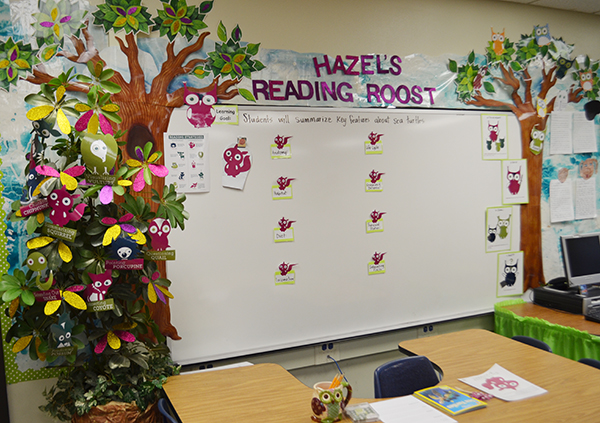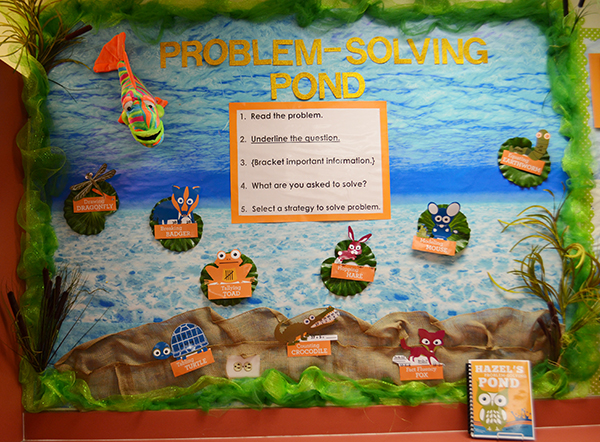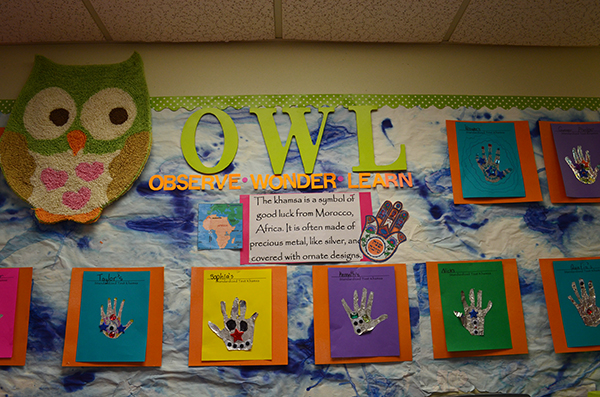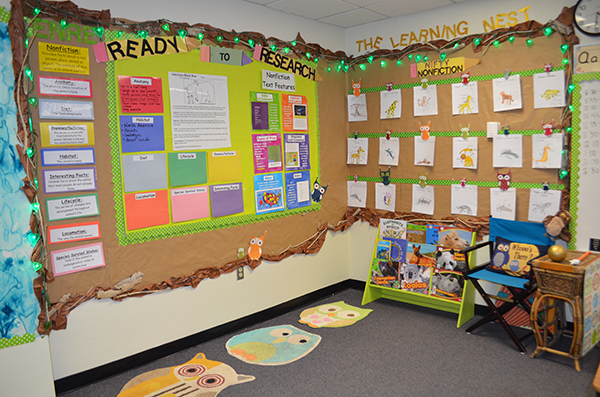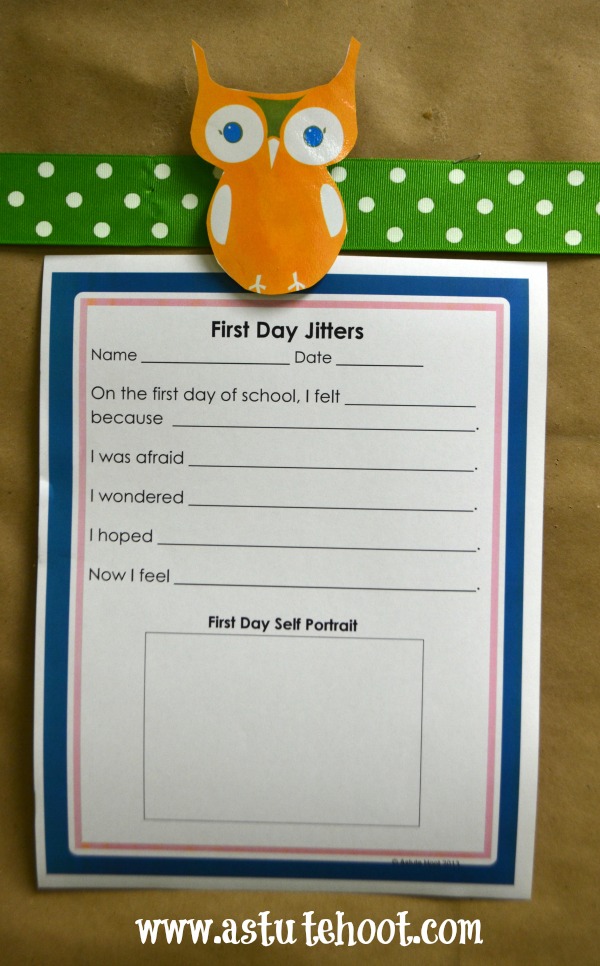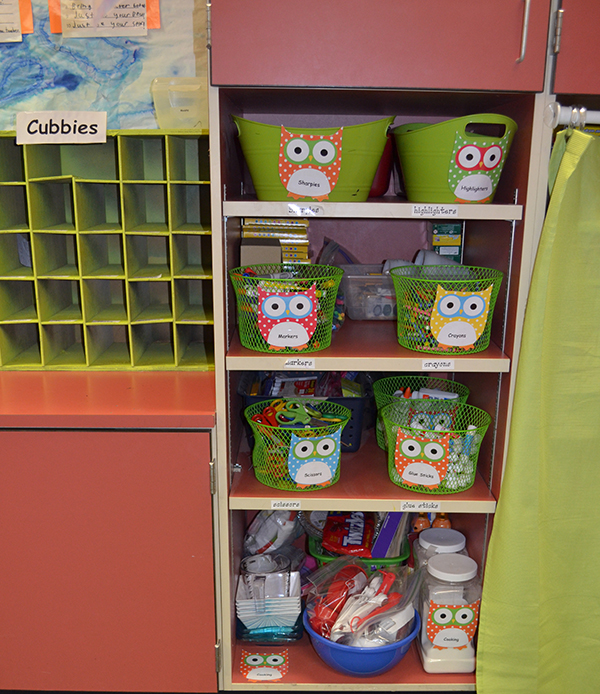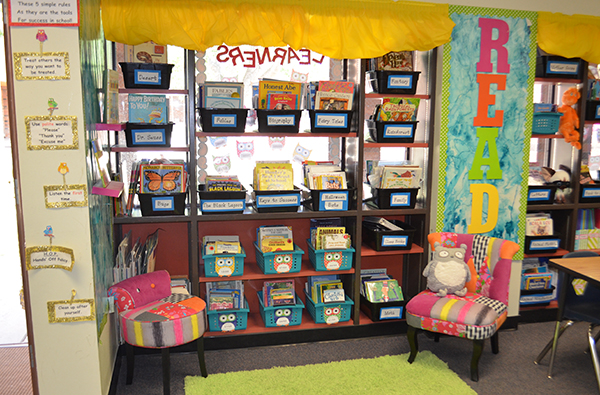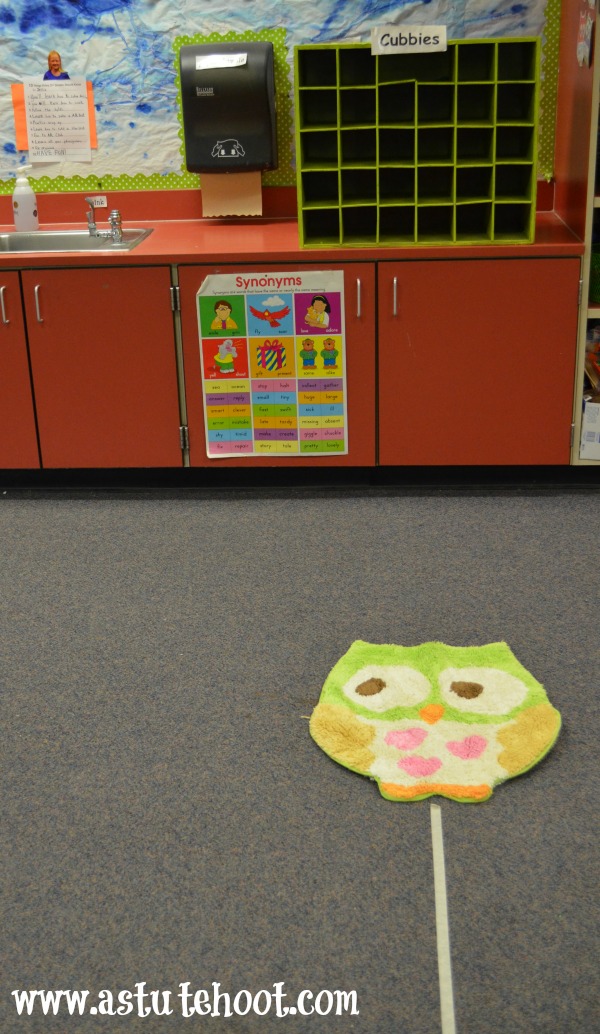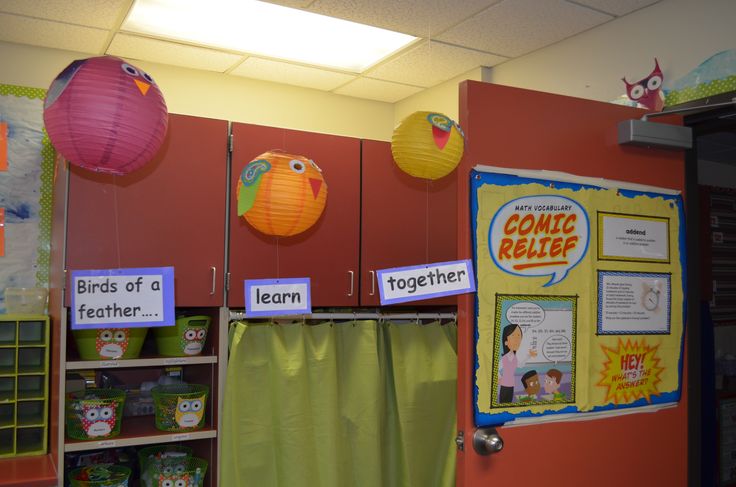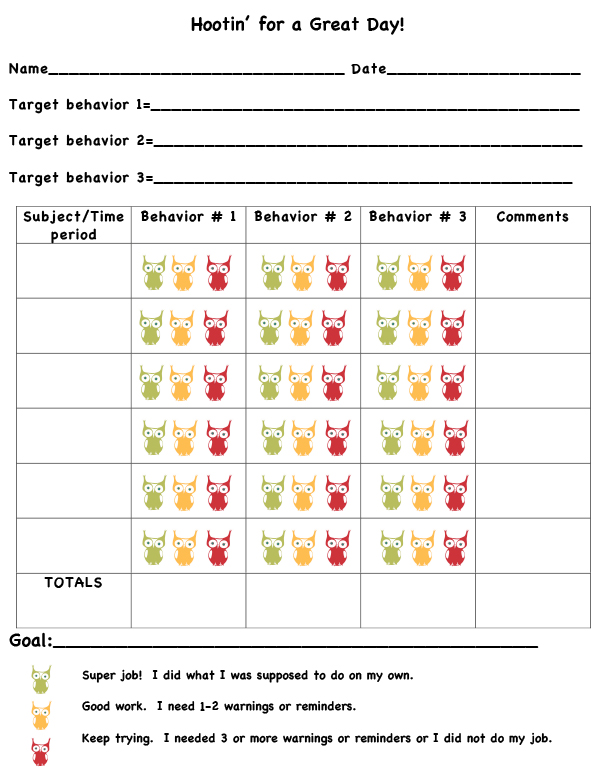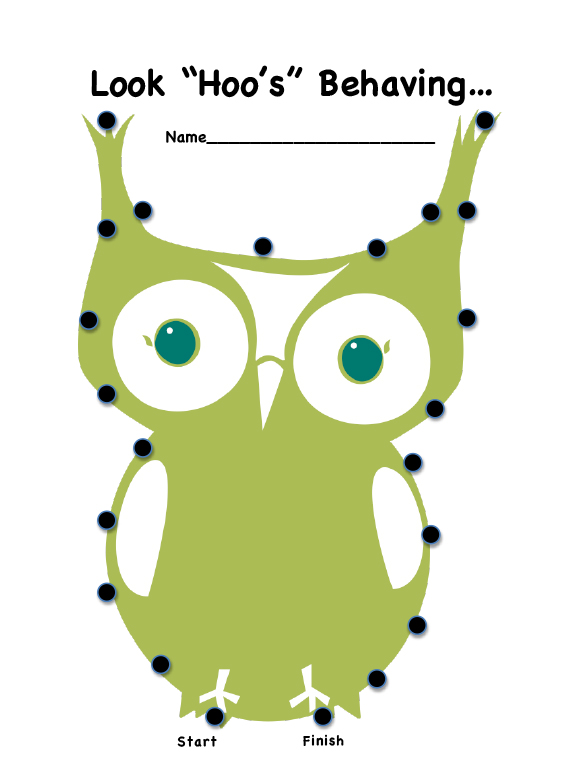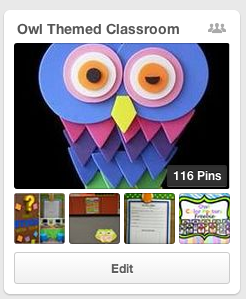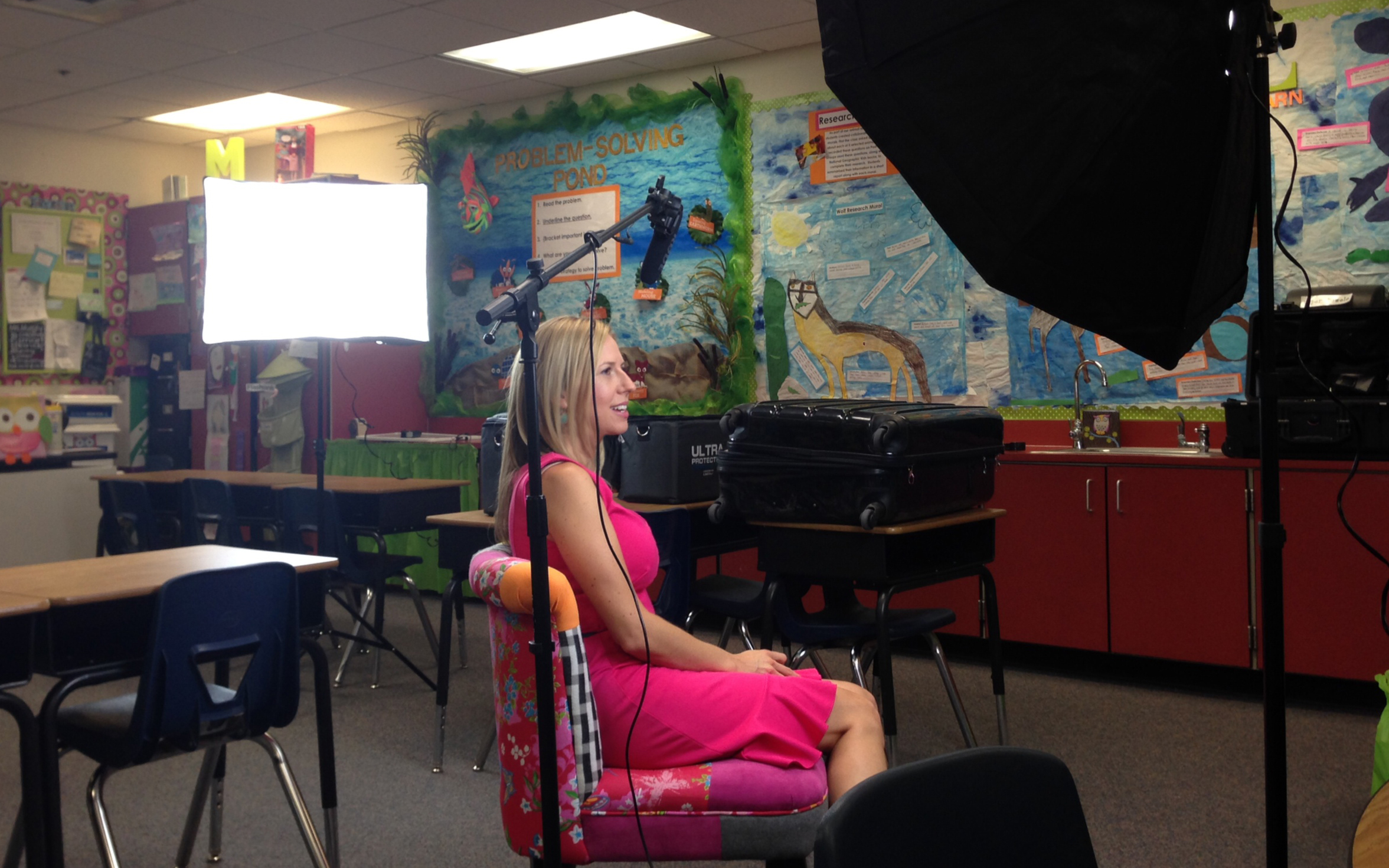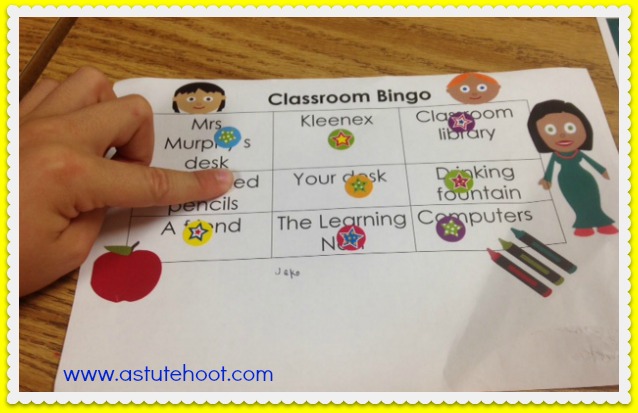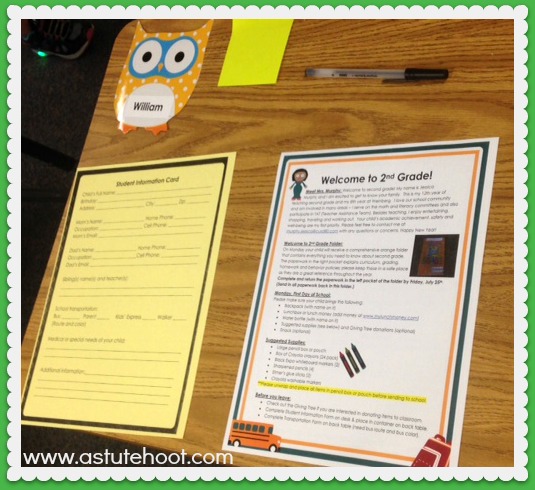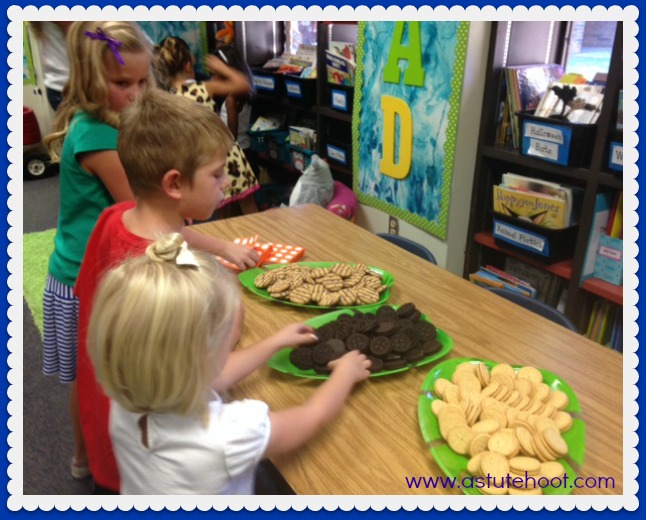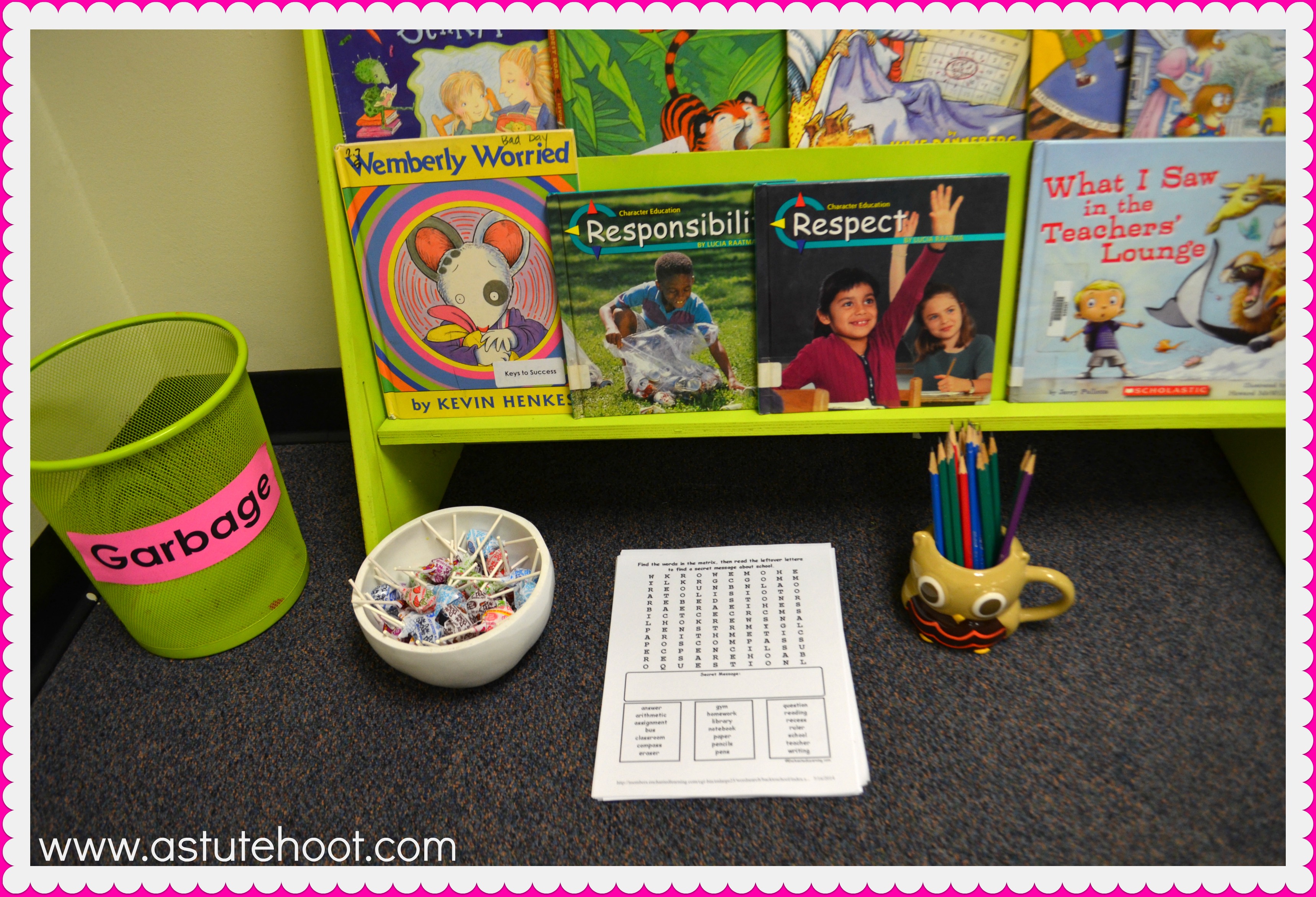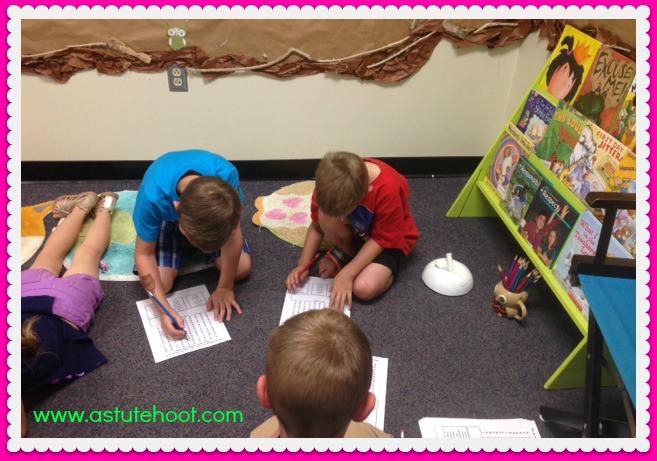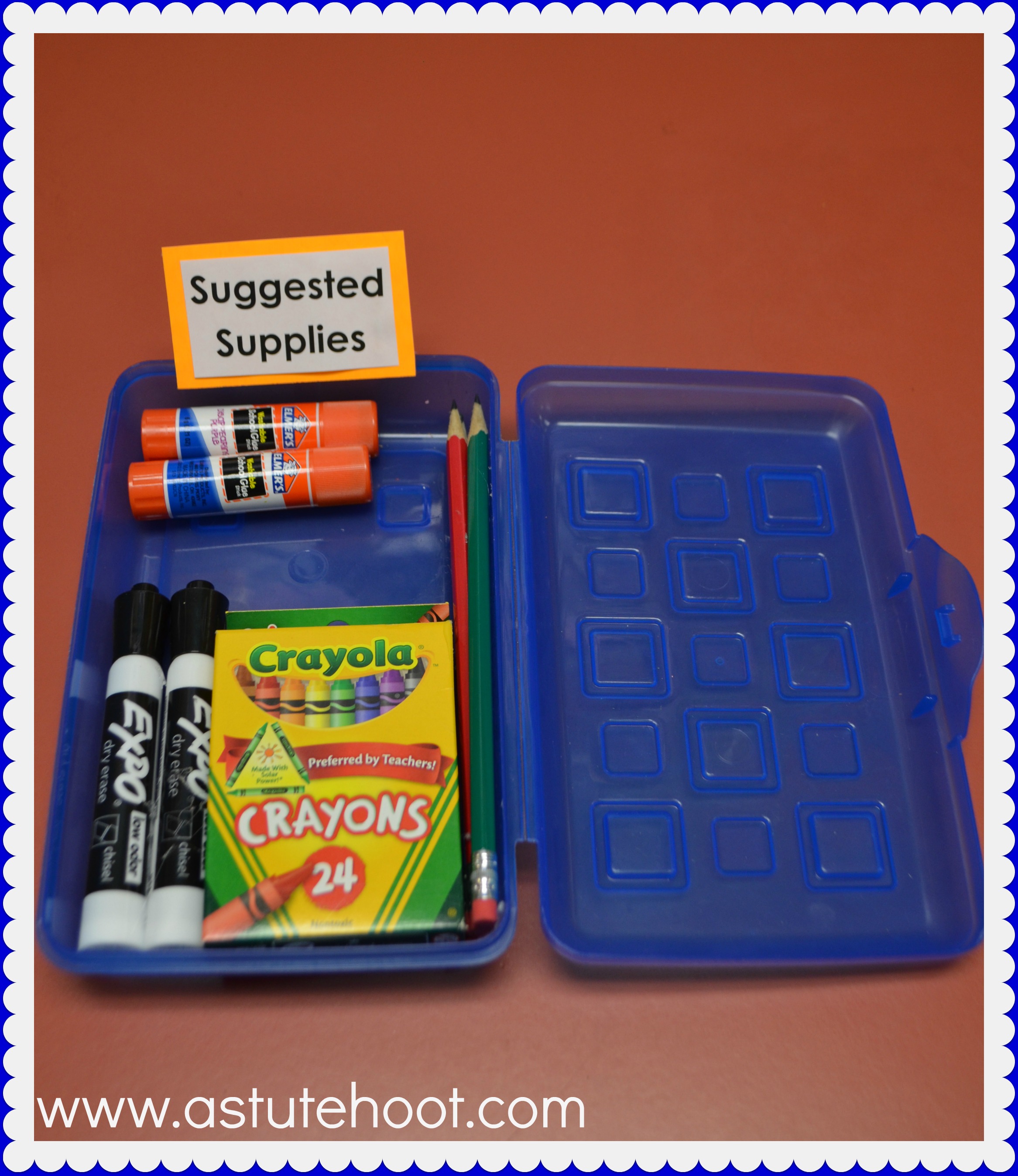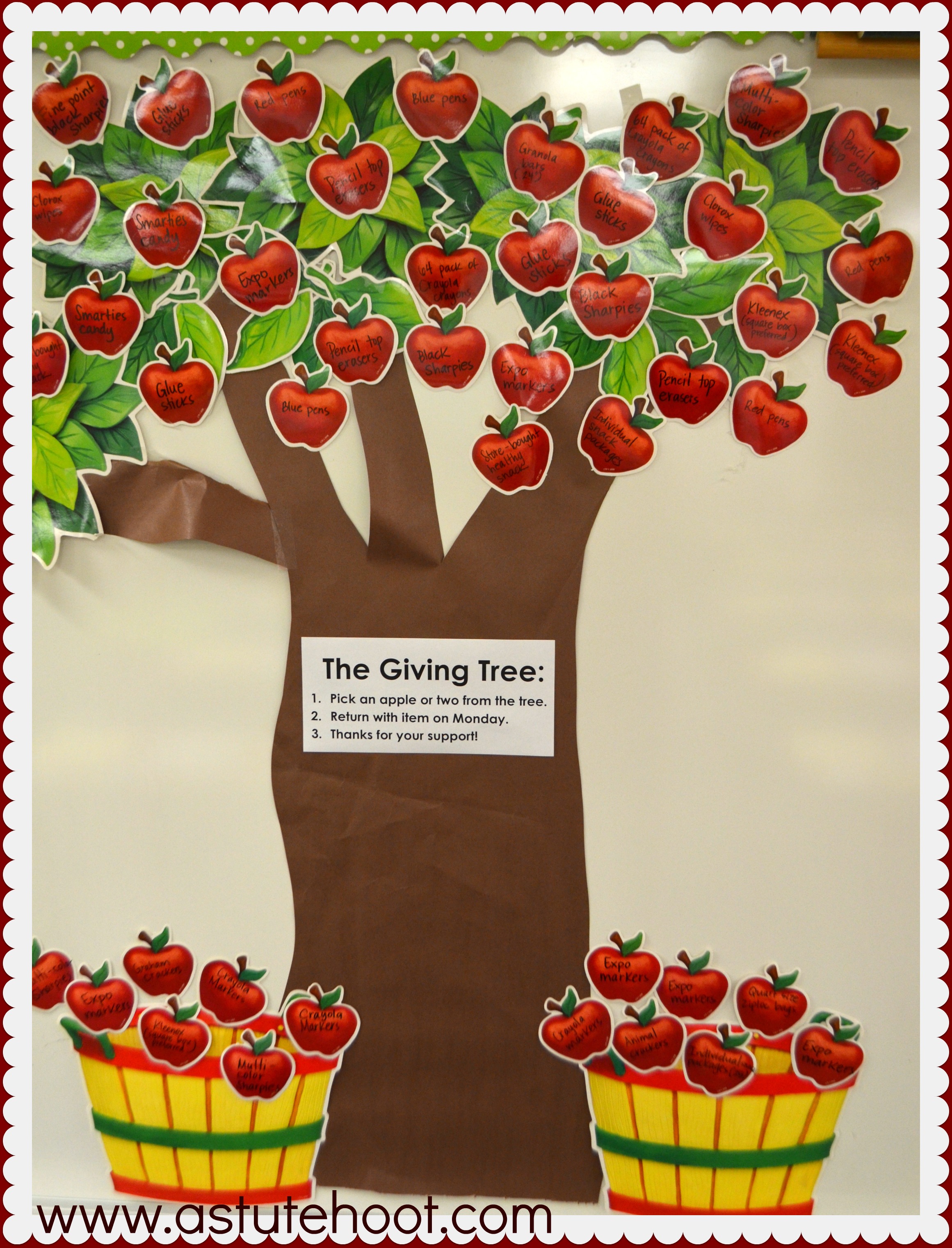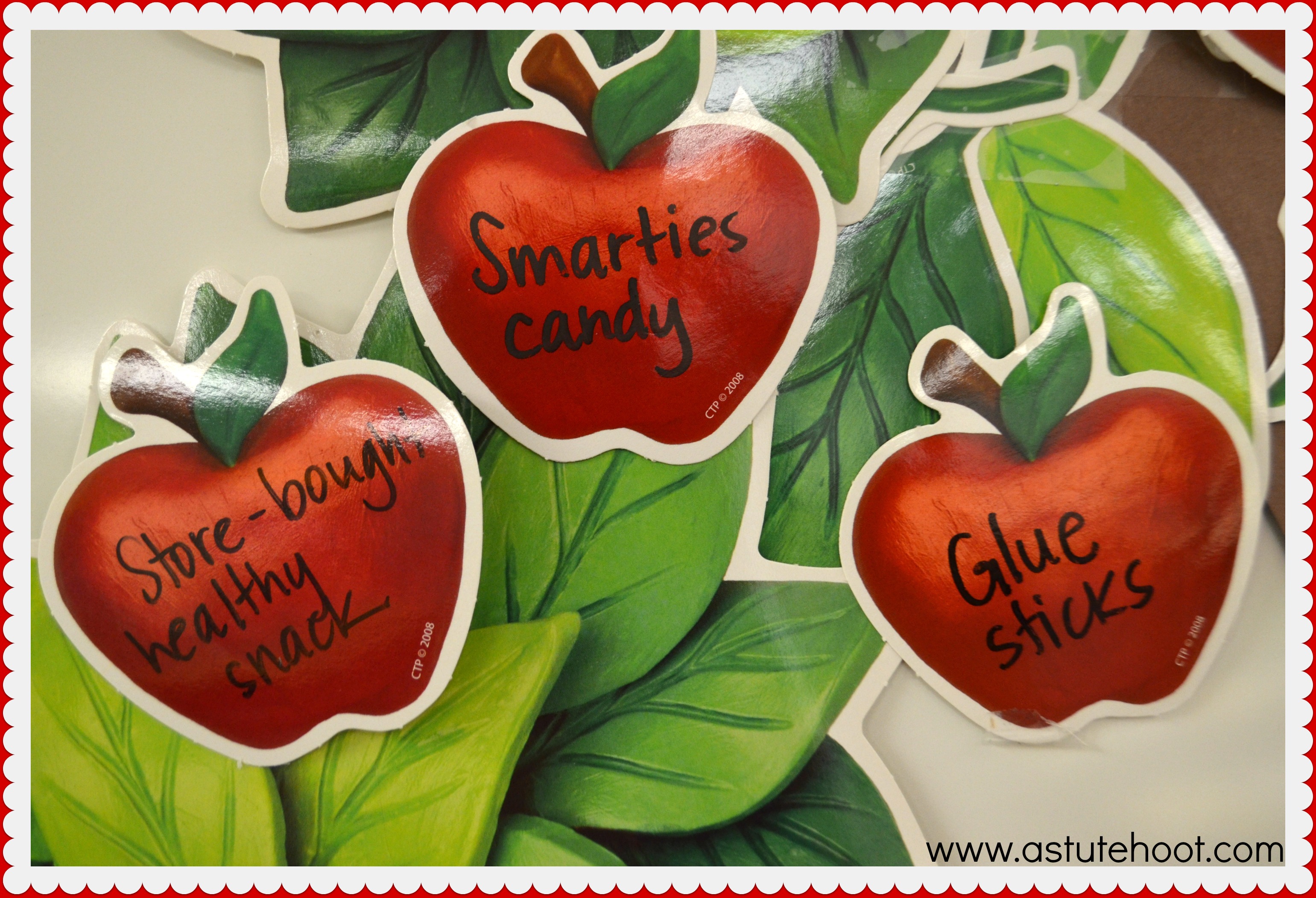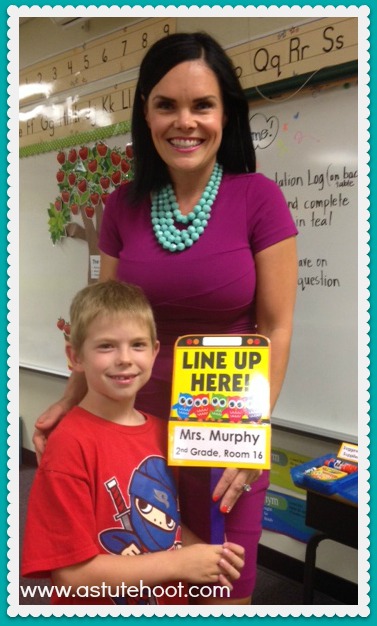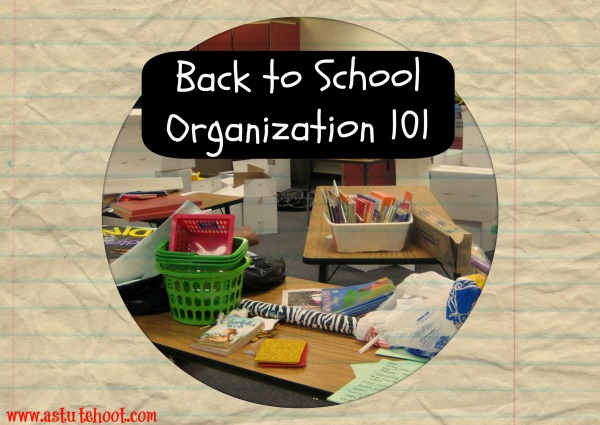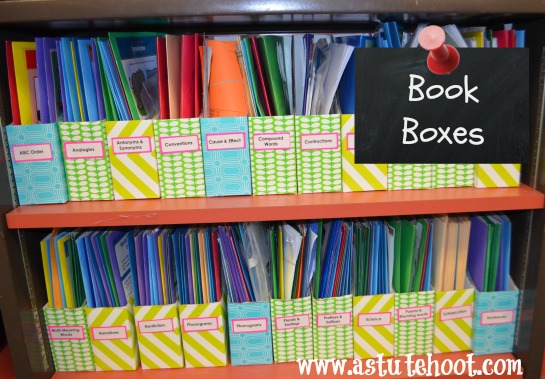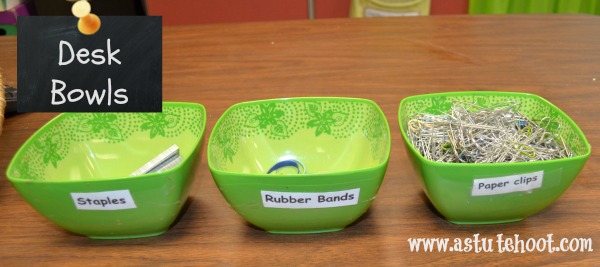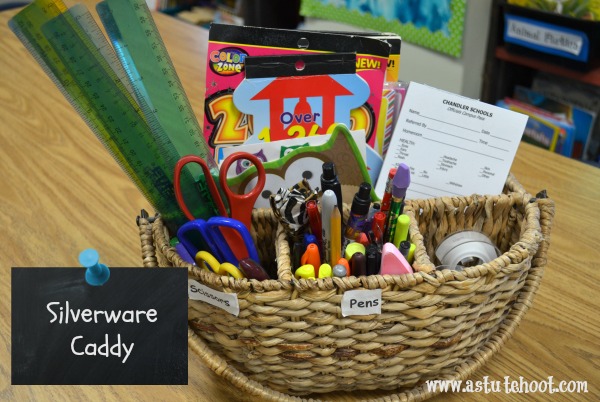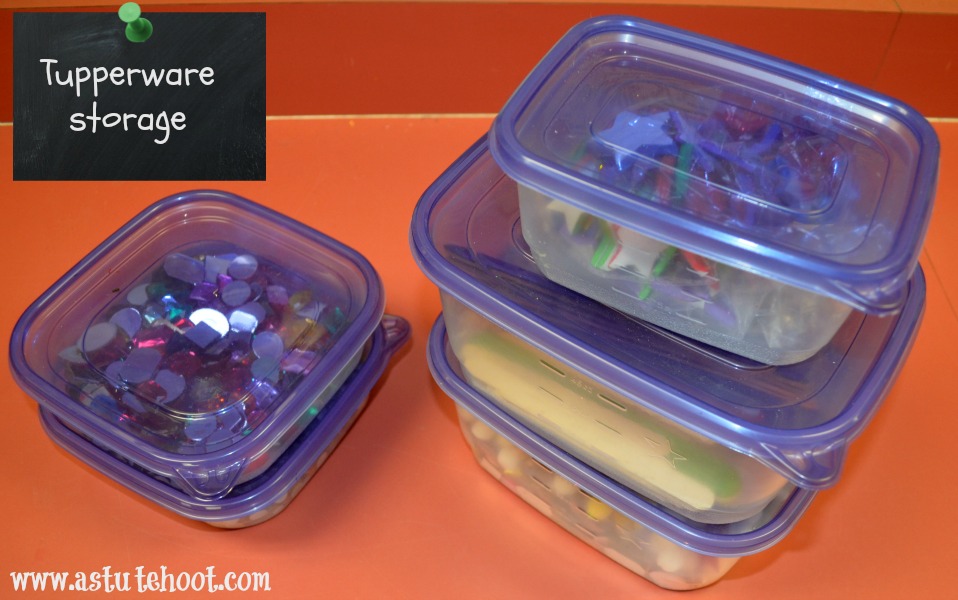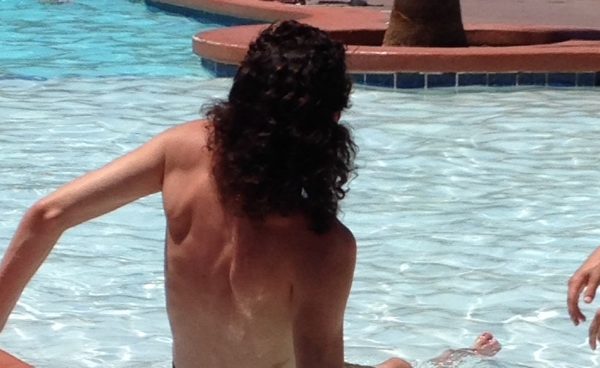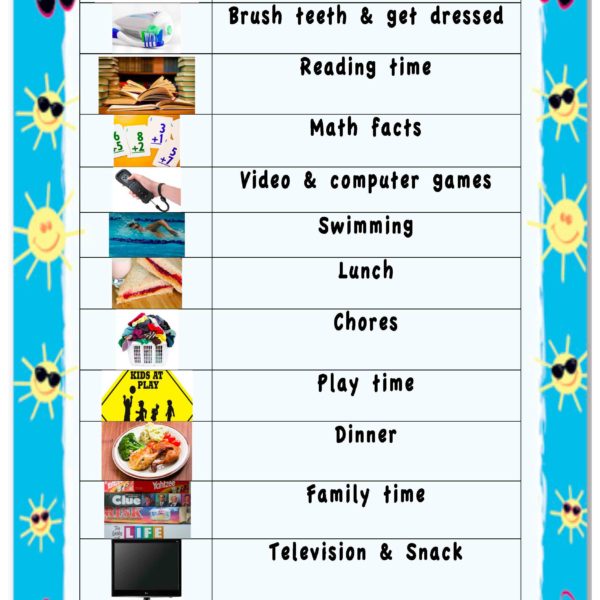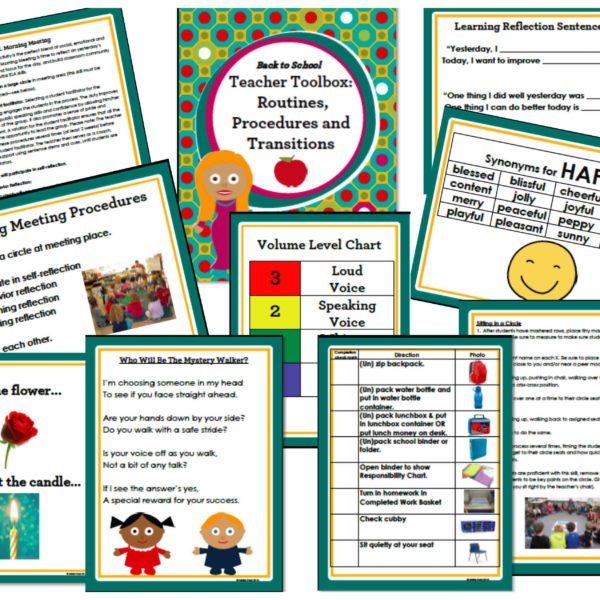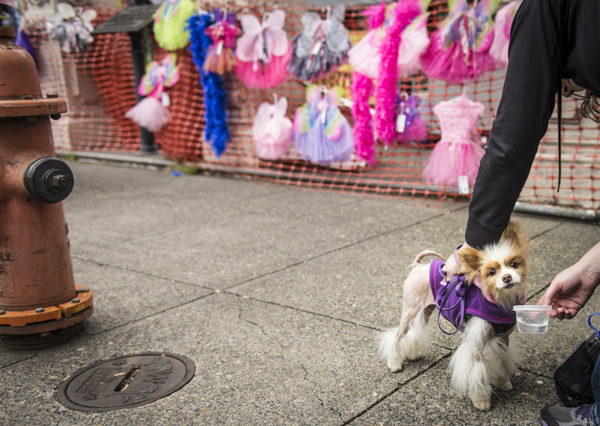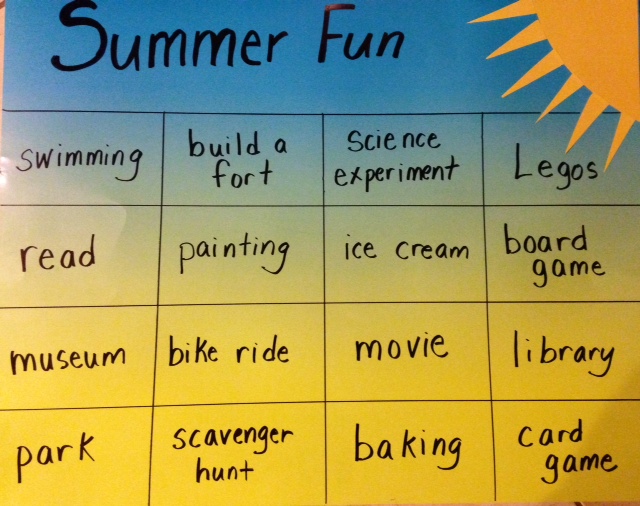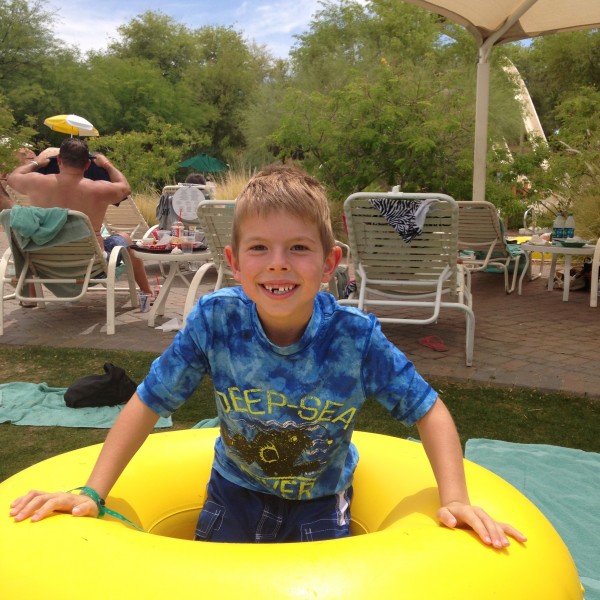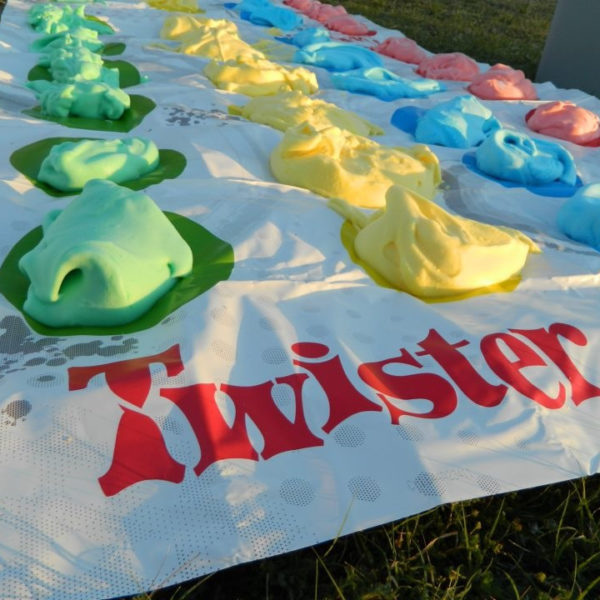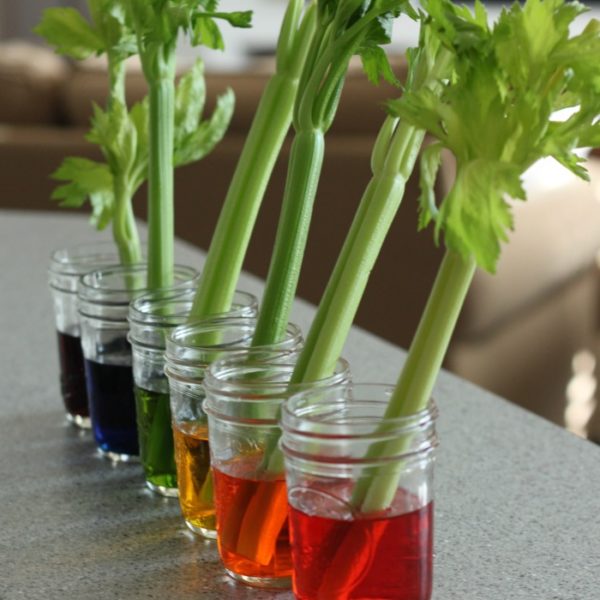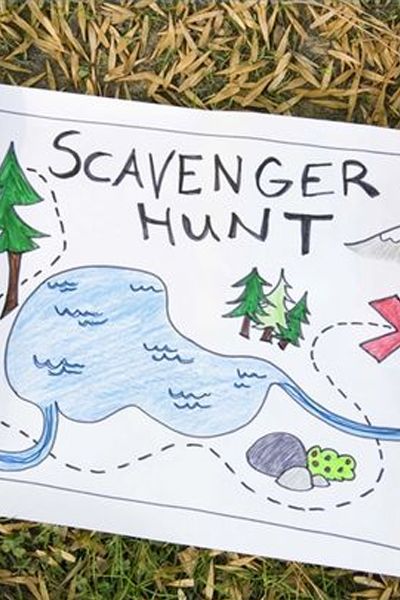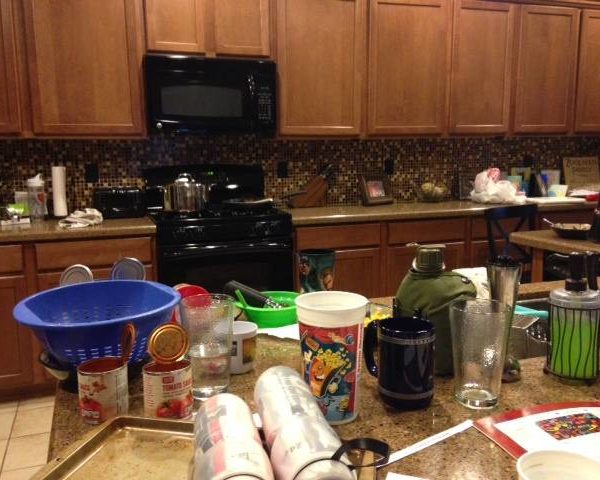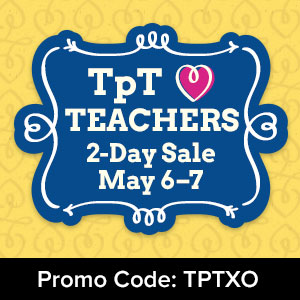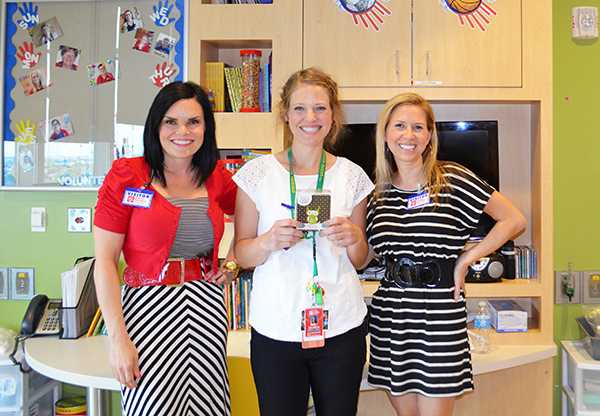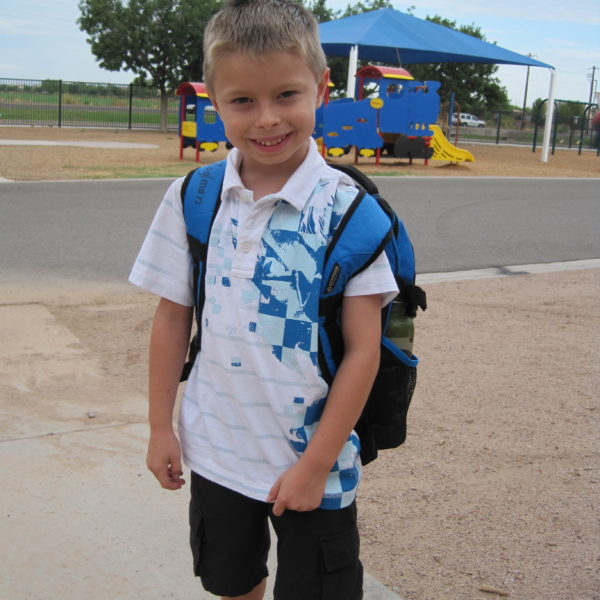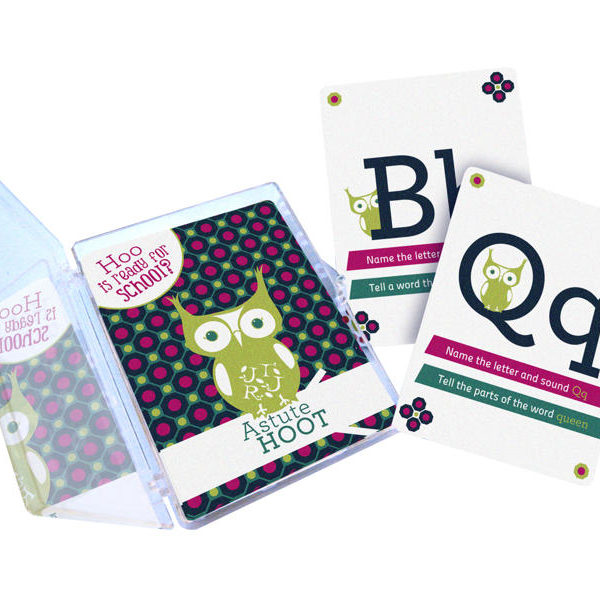We’d love to thank Alicia over at The Elementary Professor for giving us a Liebster Award!
The Liebster Award is given to bloggers by bloggers and you can find out more about it here.
To start with, Alicia has a few questions for me to answer.
1- What is your favorite subject to teach and why?
Reading is my favorite subject to teach because I love to see the excitement and joy of beginning readers as they learn to read. I love when they learn new facts and engage with characters in a favorite series.
2- When you were a kid, did you already know you were going to be a teacher?
I come from a long line of educators and I always knew that I would be a teacher. I often played school with my younger brother and made him be the obedient student. I would also line up my dolls and stuffed animals and make them be additional students.
3- If you could have a shopping spree at any one store, what would it be?
For my classroom, I would love a shopping spree at Really Good Stuff and Lakeshore because I love all of their learning products and games. Personally, I would love a Nordstrom shopping spree for clothes and shoes!
4- What do you do to make yourself relax on weekends and breaks?
Relaxation is very important; I enjoy working out and spending time with family and friends.
5- If you have a family and teach full time, I’d love a tip about how to balance it all.
A home/work balance is critical but can be very challenging to attain. I get up early each morning before my family wakes up to exercise and finish work. This early morning quiet time is so productive!
6- What is your favorite thing to do at home?
My favorite thing to do at home is to entertain; I enjoy having family and friends over for barbeques, pool parties and game nights.
7- What is your must have food or drink when you’re in for a long session of planning/grading, etc….
Starbucks’ iced coffee gets me through any strenuous planning or grading session.
8- In your classroom, music or silence?
There’s a time for both music and silence in the classroom. Each day, students unpack and pack-up to “Beautiful Day” by U2; they have to be completely ready by the time the song is over. I also play music during writing time, but the rest of the day is usually music-free. My classroom is rarely silent as we do a great deal of group-work and cooperative learning projects.
9-What’s one of the scariest things you’ve ever done?
I’m incredibly afraid of heights and hate the sensation of falling. So, going on the Tower of Terror in Disneyland’s California Adventure was something very scary for me!
10- What is one of those teaching moments that you still laugh about and will forever retell?
It was really funny when Jennifer came to my classroom dressed up as Hazel the Owl to read the students. Many of the students thought she really was Hazel and were asking her cute questions like, “Where is roost?”, “How long did it take you to fly here.”
11- If you could meet 1 character from any children’s book in real life, who would it be and why? What would you with them?
It would be great to meet Miss Frizzle from the Magic School Bus series because I love how she integrates science throughout her curriculum and engages all learners. You can tell she is an enthusiastic teacher as her clothing all goes with her units of study. I would definitely go on a science adventure with her!
That was a little about me (Jessica) and as requested here are 11 random facts (about Astute Hoot):
1 – Jennifer and I were thrown together in a co-teaching situation without even knowing each other in 2009. We instantly hit it off and became great friends and business partners!
2 – Jennifer and Tina (sisters and business partners) have wanted to start a company creating educational toys and games since they were very young.
3 -Jennifer, Tina, and I have owl sightings ALL the time!
4 – Tina lives in Madison, WI so much of our collaborative work is completed virtually.
5 – Jennifer’s sons Alec and Jake are not only main product testers (in addition to our students), but also our adorable models for many of our blog photos.
6 – We are excited to be attending the TPT conference in Las Vegas in July 2014!
7 – An Astute Hoot retreat in a tropical location is on our bucket list.
8 – We once pulled an all-nighter revamping our TPT store, products, and website.
9 – Some of our math and reading characters have been inspired by and named after people we know.
10 – We are all animal lovers.
11 – We strongly believe that everything in the universe happens for a reason and that nothing is a mere coincidence.
And now I am nominating a few more great blogs for this same award!
Alright! For those I nominated, here are the official rules of the Liebster Award, should you choose to accept it. 😉
Here are my questions for you!
1- What is your favorite subject to teach and why?
2- When you were a kid, did you already know you were going to be a teacher?
3- If you could have a shopping spree at any one store, what would it be?
4- What is your dream vacation?
5- If you have a family and teach full time, I’d love a tip about how to balance it all.
6- What is your favorite thing to do at home?
7- What is your must have food or drink when you’re in for a long session of planning/grading, etc….
8- What is your favorite holiday tradition?
9- How do you differentiate for a variety of student needs?
10- What is one of those teaching moments that you still laugh about and will forever retell?
11- If you could meet 1 character from any children’s book in real life, who would it be and why?


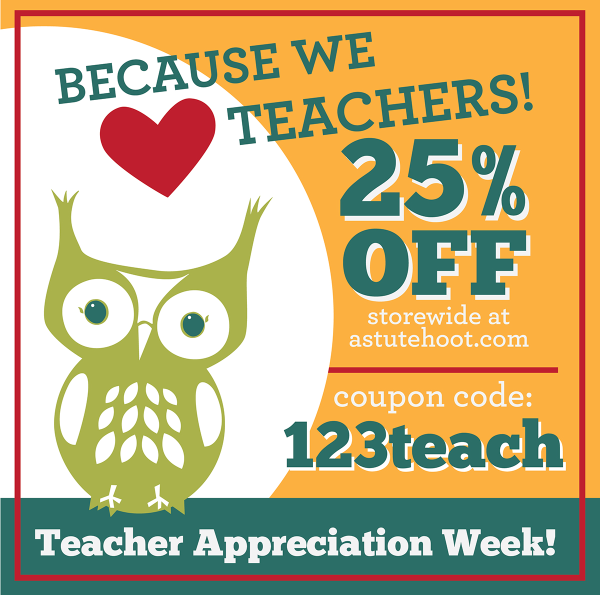
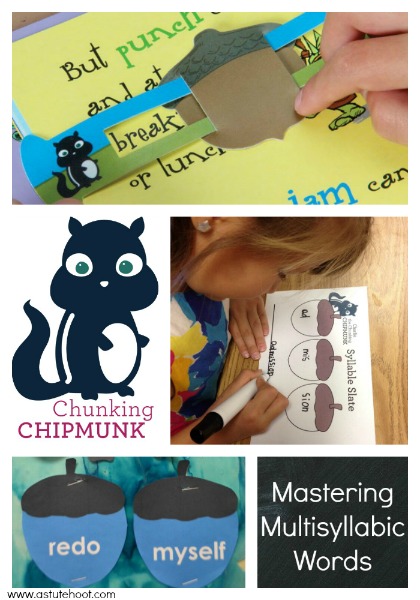
 Charlie the Chunking Chipmunk is one our decoding strategy animals in Hazel’s Reading Roost. Charlie motivates students to use strategies to decode multisyllabic words. Read more about Charlie’s strategy below…
Charlie the Chunking Chipmunk is one our decoding strategy animals in Hazel’s Reading Roost. Charlie motivates students to use strategies to decode multisyllabic words. Read more about Charlie’s strategy below…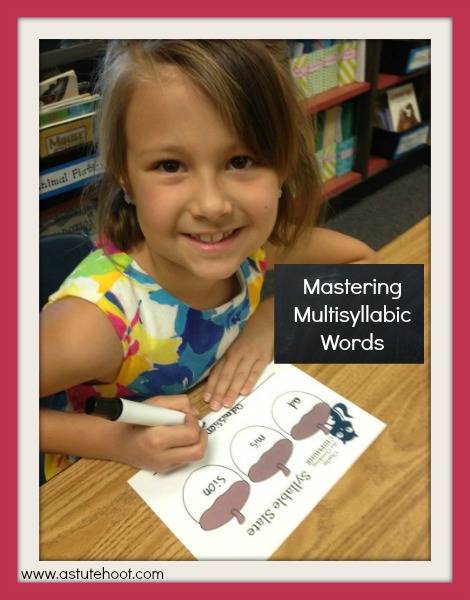
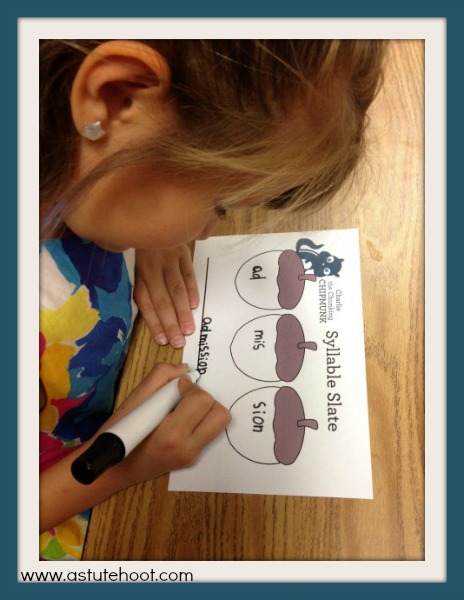
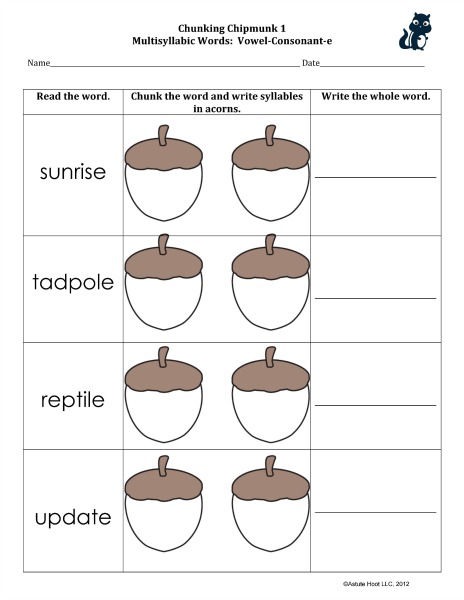
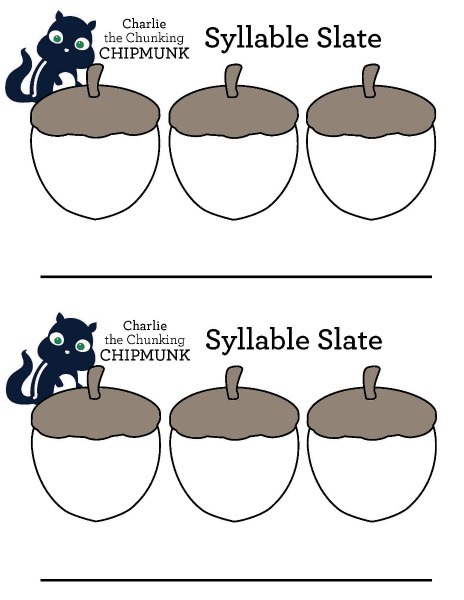
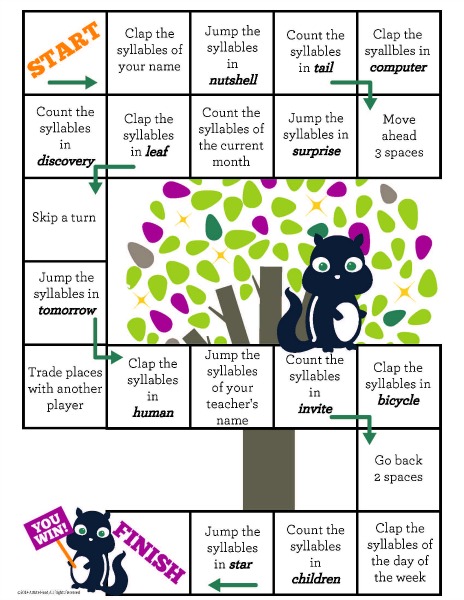
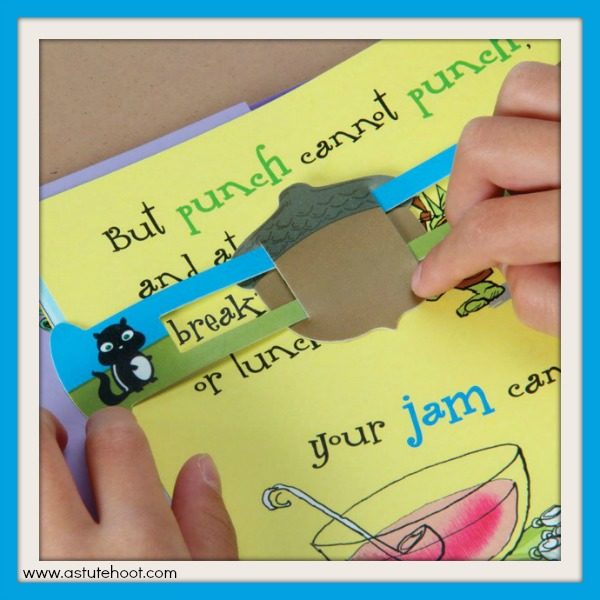
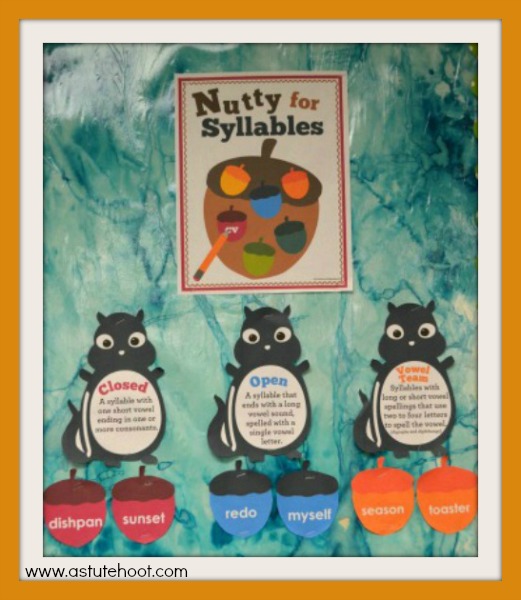
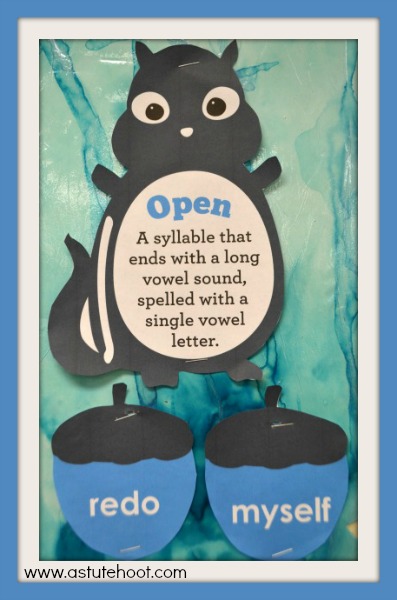
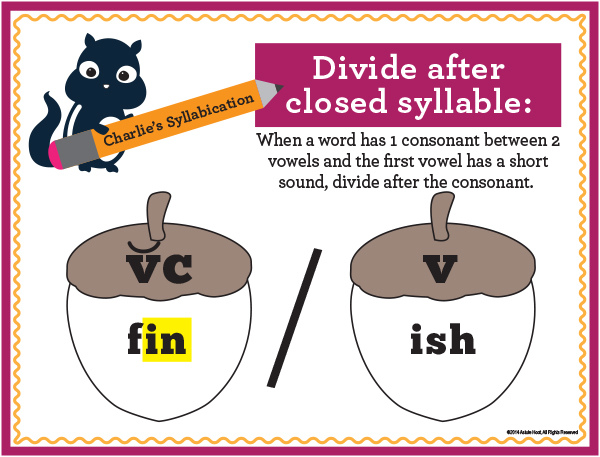
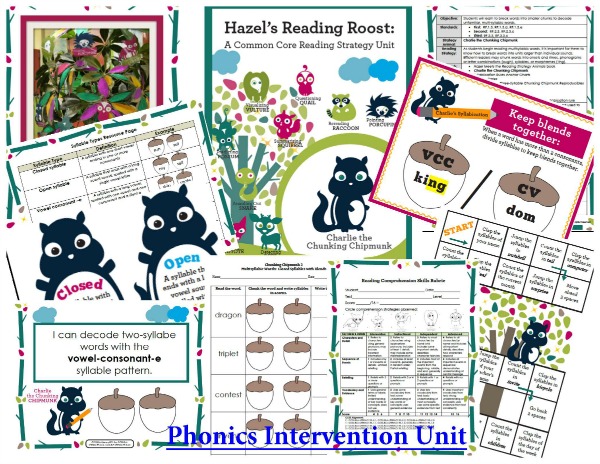

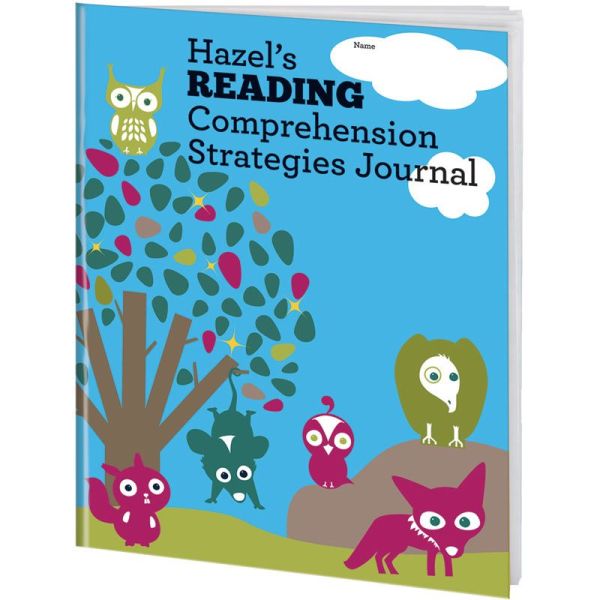
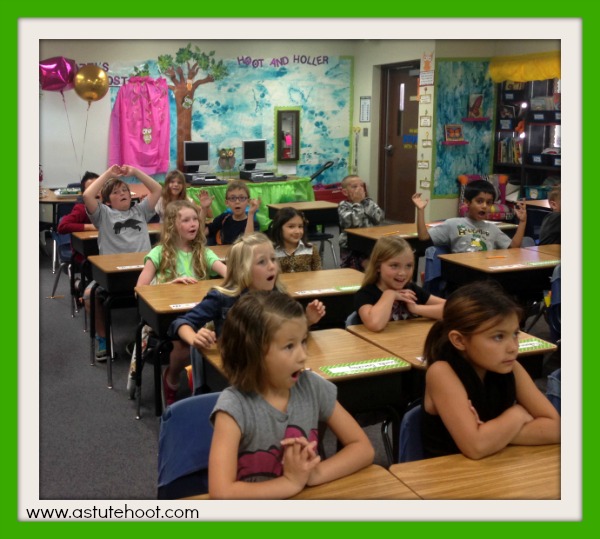
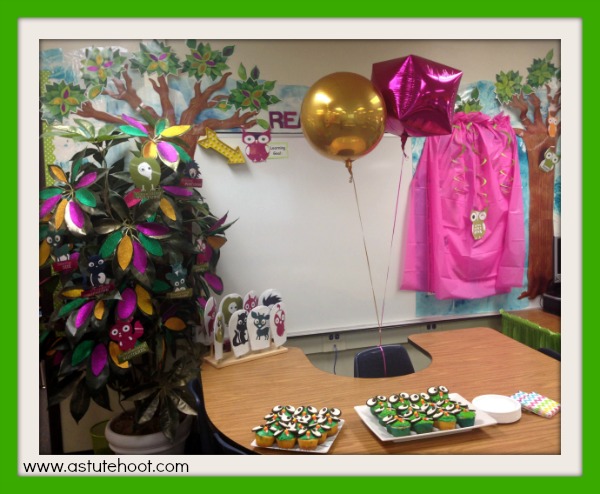
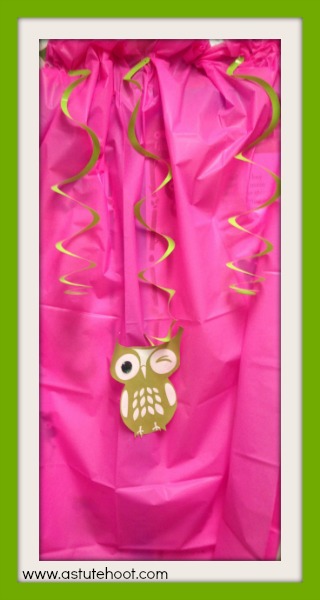
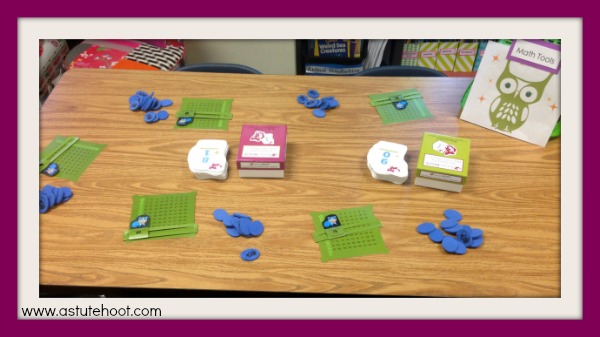 Finally, I made these adorable owl cupcakes and wrote a special note on the door as a hint to the big surprise.
Finally, I made these adorable owl cupcakes and wrote a special note on the door as a hint to the big surprise.